
Module Title: Asking Questions (DA1-4A.2, other resources)
Subject: French I
Grade: 9-12
Timeline: 1-1.5 Week
Module Overview:
The student will learn about how to use interrogative words in conjunction with subjects and
predicates to form French questions.
Module Objectives:
1.Students will be able to write and translate basic French sentences that could be
transformed into questions.
2. Students will learn, recall, use, and form their own questions with French interrogatives and
a knowledge of correct French question syntax embedded in each French interrogative.
Thematic Focus:
-
No conversation of any value can be held without knowing the skill of how to ask and
answer questions.
- French question construction is similar to English question construction in that the
necessary pieces are an interrogative word, a subject, and a predicated. French and
English question syntax differs widely, however, and sometimes there is not a
convenient direct translation of a French to English question.
- To correctly answer a French question with a complete sentences answer, it is often
possible to take a lot of the vocabulary from the question and restate it in the answer.
Essential Questions:
-
How do I form regular French statements with French subject pronouns and predicates
using regular and irregular verbs?
- What are the French interrogatives, and do they have a 1-1 equivalent from French to
English.
- What are the similarities and differences between French and English question
formation when it comes to syntax and meaning?
- What does the antiquated nature of French questions tell me about the French culture
and history?
- How can I identify a French who/what/when/where/why question? How can I tell if it’s
a who/what/when/where/why answer?
Instructional Focus of Module:
Communication
Cultures
Grammar Eligible Content
1.1 Students engage in
conversations, provide
and obtain information
through their
expanded ability to
formulate their own
questions and answers.
1.2 Students understand
and interpret spoken
2.1 Students demonstrate
an understanding of
the relationship
between the practices
and
perspectives of French
while learning
antiquated ways to
form a French
- irregular –RE verbs prendre
and boire
- regular – IR verbs
- French versus American
food vocabulary spelling and
pronunciation
- Descriptions of opinions of
food
- writing, saying, and
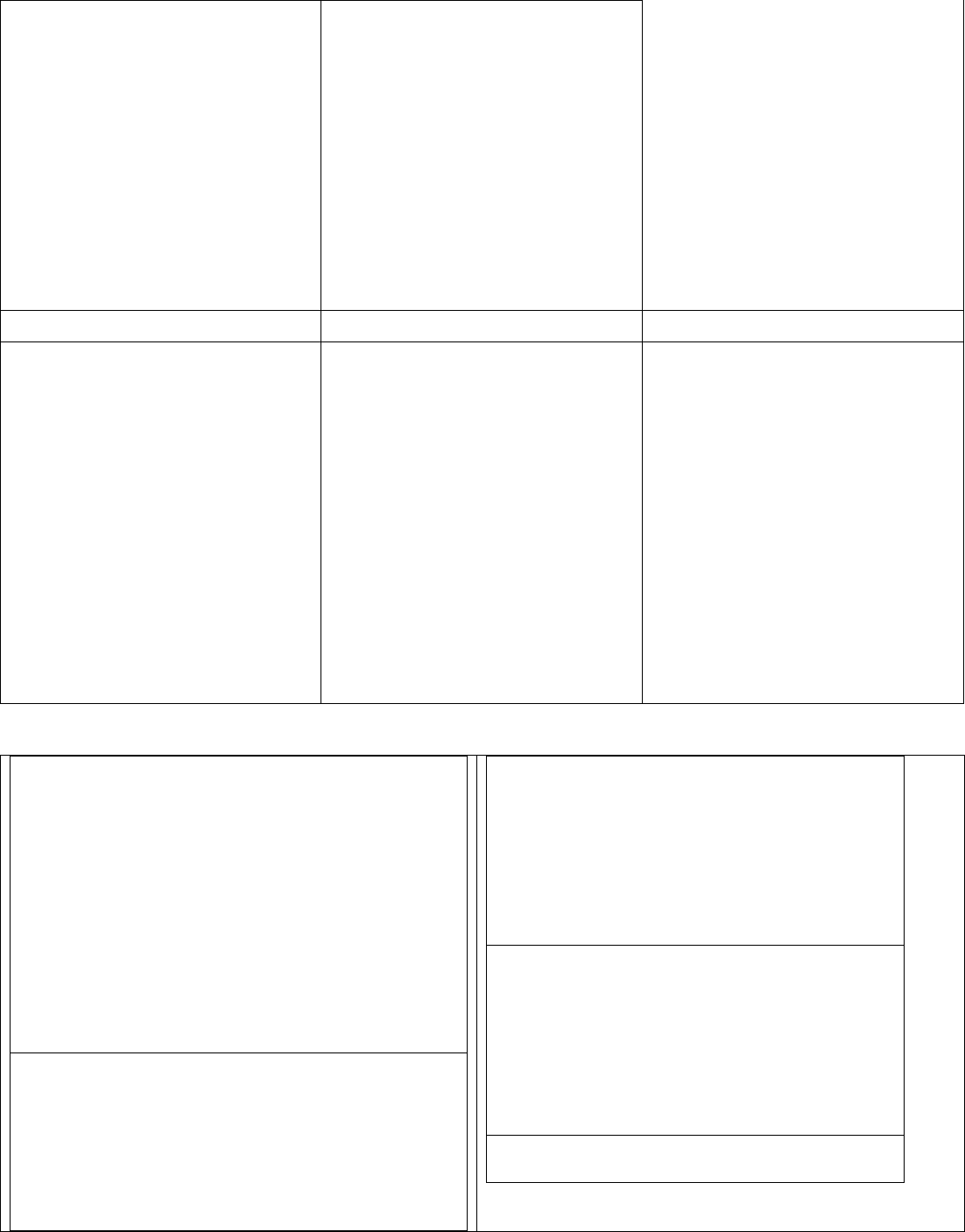
and written French
many question and
answer exchanges.
1.3 Students learn to ask
about and share
information, concepts,
and ideas in French to
an audience of
listeners during multiple
question and answer
practice sessions.
question.
calculating prices in French
euros vs. American dollars.
Connections
Comparisons
Communities
3.1 Students reinforce and
further their knowledge
of question formation
and complete answer
formation through
French question and
answer lessons..
3.2 Students acquire
information and
recognize the
distinctive viewpoints in
French questions that
are antiquated.
4.1 Students demonstrate
understanding of the
nature of language
through comparisons
between French and
English question and
answer construction.
4.2 Students demonstrate
understanding of the
concept of culture
through comparisons
between francophone
cultures and their own.
5.1 Students use French
both within and
beyond the school
setting in working on
homework regarding
French questions.
5.2 Students show
evidence of becoming life-
long learners by using French
question formation rules as a
bedrock of French
conversation.
Text Set:
Text: DA1 – 4A.2 Interrogative words
Activities:
- class notes on p. 120-121 material
- VHL tutorial on interrogative words
- p. 120-121 ex. 1-3, Essayez
- WS on interrogative words, online and in
workbook
- white board / class question and answer
construction lesson drill.
2-3 days
Text: D’Accord 1 – Lecon 4A.2 –
Communication activies on VHL website
Activities:
1. Use several online resources from
VHL website for this unit (Info gap,
communication activities, etc) to
Writing Prompts & Assessments:
1. White board drill
2. Communication activities
3. Ch. 4A.2 quiz
Grammar Assessments:
1. White board drill
2. Communication activities
3. Ch. 4A.2 quiz
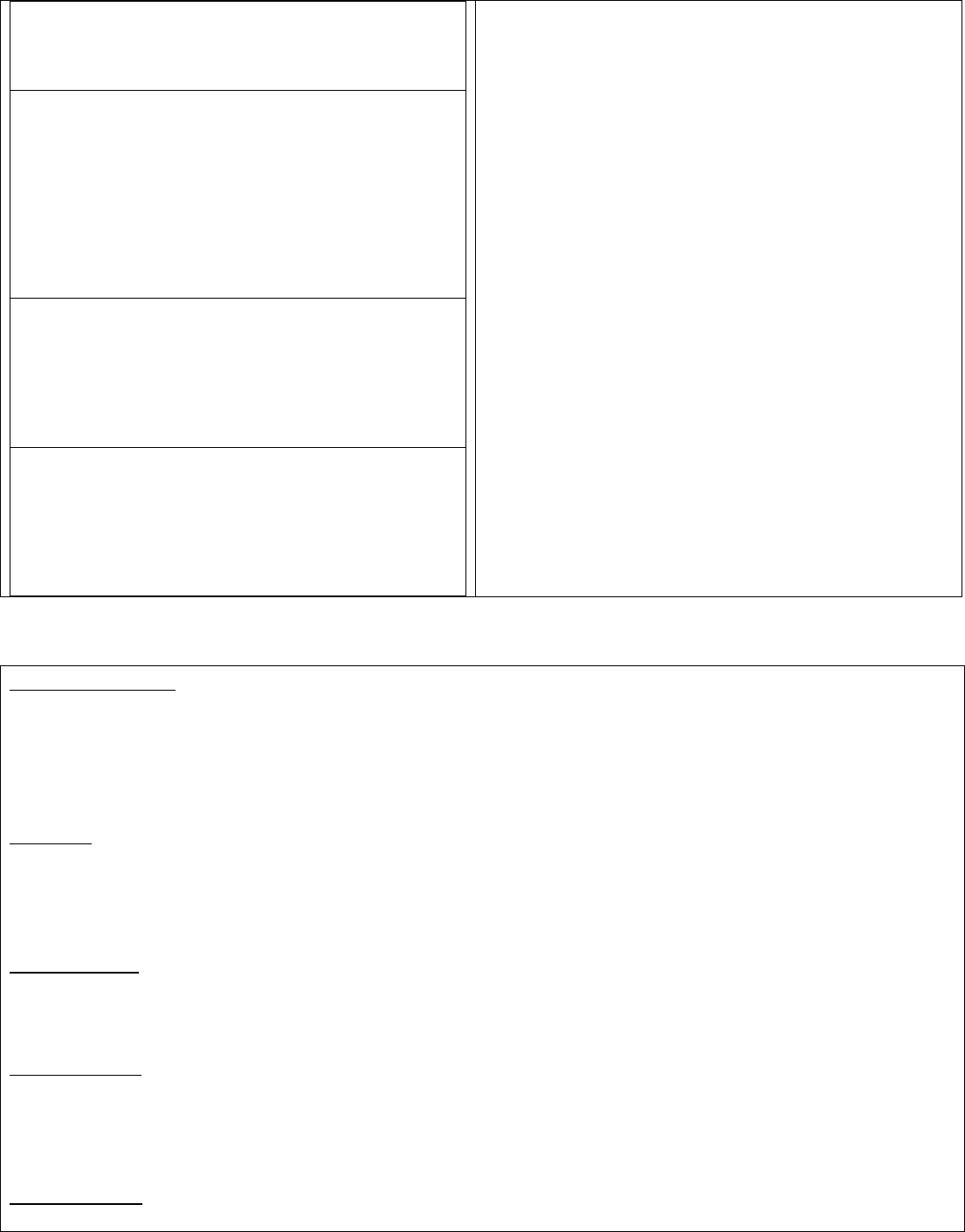
teach correct question formation
and answer formation.
2 days
Text: DA-4A.2 quiz
Activities:
- Take DA1-4A.2 Test, constructed of
exercises that target strengths
demonstrated plus some Allez-Viens
question material
1 day
Writing Instruction:
FCAs: Writing a dialogue, creating a
dialogue, using prendre, boire, and IR
verbs correctly.
Activities: All
Grammar Instruction:
FCAs: Correct spelling of food items,
annotation of prices, conjugation of new
verbs.
Activities:All
Ongoing Standards Addressed in This Unit:
Communication
1.4 Students engage in conversations, provide and obtain information, express feelings
and emotions, and exchange opinions.
1.5 Students understand and interpret spoken and written French on a variety of topics.
1.6 Students present information, concepts, and ideas in French to an audience of
listeners or readers on a variety of topics
Cultures
2.1 Students demonstrate an understanding of the relationship between the practices
and perspectives of francophone cultures.
2.2 Students demonstrate an understanding of the relationship between the products
and perspectives of francophone cultures.
Connections
3.1 Students reinforce and further their knowledge of other disciplines through French.
3.2 Students acquire information and recognize the distinctive viewpoints that are only
available through the French language and its cultures.
Comparisons
4.1 Students demonstrate understanding of the nature of language through comparisons
between French and English.
4.2 Students demonstrate understanding of the concept of culture through comparisons
between francophone cultures and their own.
Communities
5.1 Students use French both within and beyond the school setting.

5.2 Students show evidence of becoming life-long learners by using French for personal
enjoyment and enrichment.
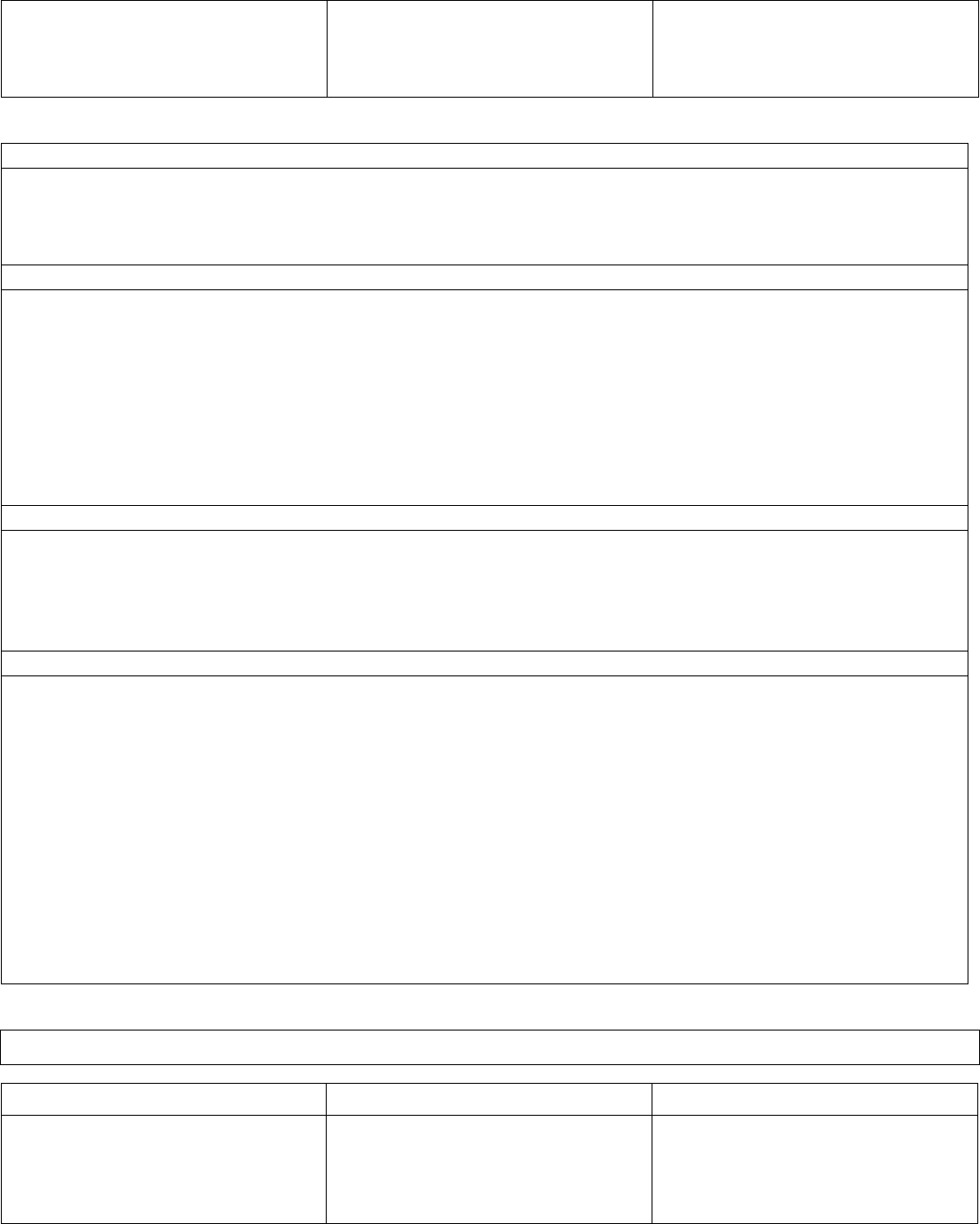
Module Title: Le Temps Libre (Unite 5A Contextes, 5A.1)
Subject: French I
Grade: 9-12
Timeline: 4 Weeks (3 Weeks
instructions interspersed with 2
small quizzes and a test and
review days)
Module Overview:
We will be learning about the similarities and differences between the French and American high
leisure time activities, and the corresponding verb and noun and adjective vocabulary. The
students will learn about the French verb “faire” and its corresponding phrases and irregular
conjugation. The students will learn French adverbs and their syntactical place in sentences.
Module Objectives:
1. TSWBAT correctly know, speak, write, and recognize the vocabulary for French words for
leisure time activities, and ball and non-ball sports.
2. TSWBAT compare and contrast French and American words leisure time activities and French
and English irregular verb and verb phrase construction. Students will learn that transliteration
is sometimes the best way to translate a sentence.
3. TSWBAT write, speak, express opinions about, and comprehend another students’ opinions
about leisure time activities, sports, and other things.
4. TSWBAT compare and contrast French and English adverbs of frequency and their syntactical
rules.
Thematic Focus:
The students will learn the intricate similarities and differences about a French and American words
for leisure time activities and sports. The students will learn how to write solid opinion statements
regarding free-time activities and other topics, and they will be able to write complete, correctly
formed sentences employing regular –ER verbs and faire expressions, as well as turn these
statements into questions and negative statements.
Essential Questions:
1. How do French and English words for leisure time activities compare in English and French?
Which words are cognates of English words, and which seem to be natively French phrases?
2. How do you form a question in French? What are the key French equivalent to the “5 Ws”
question words?
3. How do you make a statement negative in French?
4. Which activity verbs are single verbs, and which are verb phrases? Which are regular and
irregular?
5. How is the French orientation toward sports and leisure time different from or similar to the
American way?
6. What is an adverb? What are common English adverbs of frequency? What are French
adverbs of frequency? How does the syntax of their usage within sentences and questions
differ from English? What is their syntactical rule?
Instructional Focus of Module:
Communication 1.1-3
Cultures
Grammar Eligible Content
1.7 Students engage in
conversations, provide
and obtain information,
express feelings and
2.1 Students demonstrate an
understanding of the
relationship between
French school schedule
- Negative statement
construction
- French regular ER Verbs
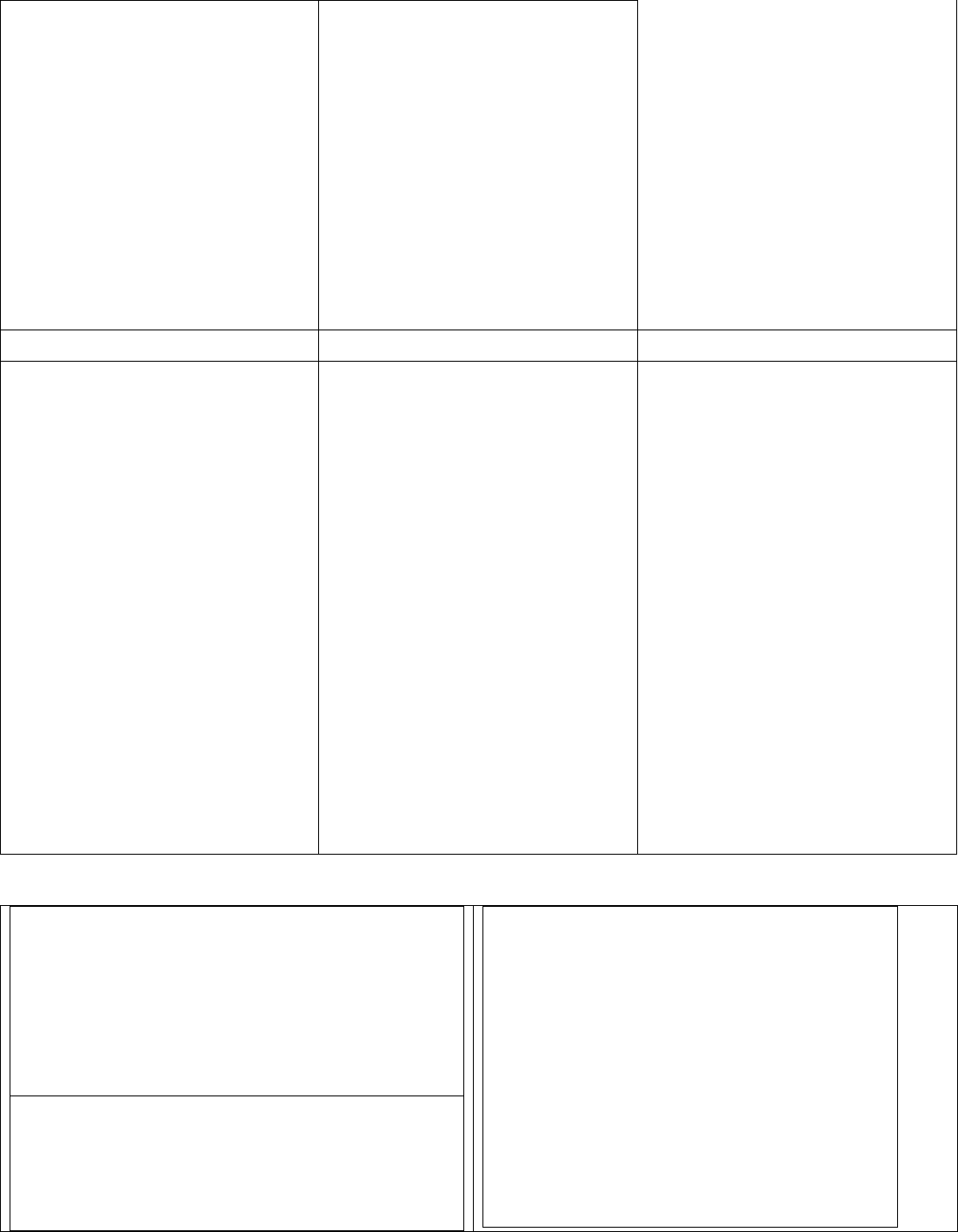
emotions, and exchange
opinions about the leisure
time activities they life
and don’t like Students
form conjugated ER verb
and faire sentences
aloud and in several
written exercises.
1.8 Students understand and
interpret spoken and
written French regarding
their and other students’
leisure times activities
and the place of sports in
the life of a French
student.
2.2 Students demonstrate an
understanding of the
relationship between the
French leisure time
activities and their
perspectives about the
“laziness” of those in the
American culture, as well
as the French value of
“work hard / play hard”
- French interrogatives
- Leveled French question
structure, from informal to
informal, and practice
answering questions.
- the French irregular verb
“faire” and its phrases and
usage
- translation versus transliteration
- French versus English adverbs
of frequency, usage and
placement.
Connections
Comparisons
Communities
3.1 Students reinforce and
further their knowledge
of English grammar with
an in-depth look at
meaning and formation
and translation of
sentences using French
regular ER verbs, faire
expressions, and their
English equivalents.
3.2 Students acquire
information and
recognize the distinctive
viewpoints that are only
available through the
French language and its
cultures, via the French
leisure activities and
school schedule, and
vacation schedules.
4.1 Students demonstrate
understanding of the
nature of language
through comparisons
between French and
English in regard to
speaking, writing, and
hearing statements with
complex formed verbs,
as well as questions.
4.2 Students demonstrate
understanding of the
French leisure activities
by comparing them with
American ones.
5.1 Students use French both
within and beyond the
school setting by
applying their knowledge
of French schedules to
their own lives.
5.2 Students show evidence
of becoming life-long learners
by using French for personal
enjoyment and enrichment as
they express opinions
throughout the unit about the
French school system, the
American school system, and
the French “work hard – play
hard” mentality and their
orientation toward sports that
are different from American
favorites.
Text Set:
Anchor Text: D’Accord 1 – Leçon 5A pp. 146-
147 Contextes
Activities:
- speak online vocab link expression,
- do pp. 147-148 ex. 1-7 after basic class
practice
2 days
Text: DA1-2B Contextes Student Vocab Sheet,
corresponding curriculum worksheets online
and workbook.
Activities: Students copy the vocab from pp.
146-148, translating from picture rather than
Reading Assessments:
Formative: All worksheets, in class
practice, journal entries, and homework.
Le Football reading passage
Summative:
- DA1-5A.1 Quiz on Faire verbs
- DA1 – 5A contextes and 5A.1 Modified
Unit Test
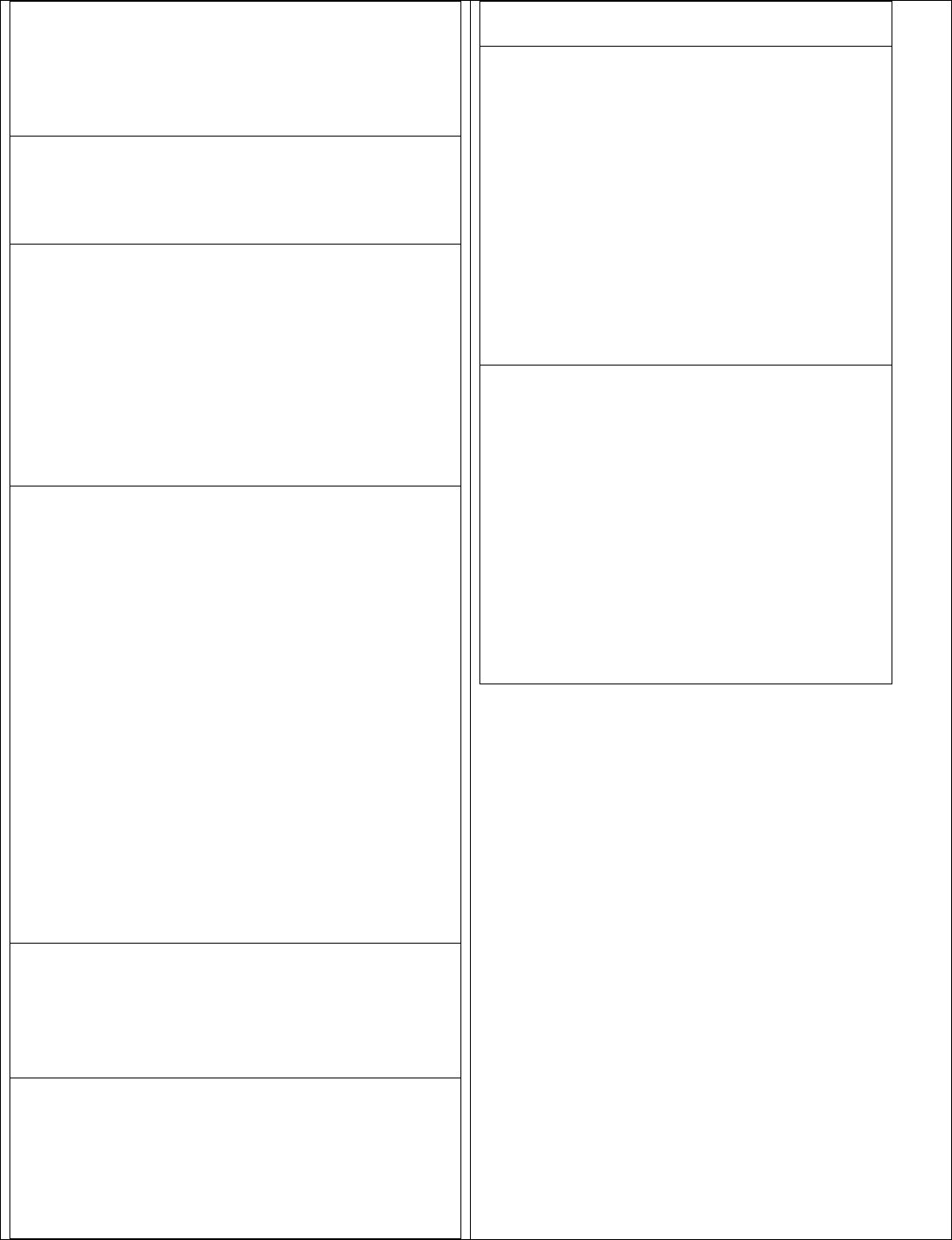
English for definitions for some complete
curriculum worksheet as a class or for
homework.
- Play Memory game for vocabulary
3-4 days
Text: Roman-Photo pp. 150-151 / on VHL DVD
or website for Unite 5A “Au parc”
Activities: Multiple views watching/WS comp.
One day
Text: DA1-2A pp. 152-153 – Lecture. “Le foot”
Activities:
- Student pre-read / Teacher read /
Independent read
- Write down 5 things you learned about the
French l”football”
- p.152 ex. 1 Repondez, after multiple views
and class discussion - fix falses (in notebook)
One day
Text: DA1-5A.1 “The verb faire” pp. 154-155
Activities:
- copy faire verb chart
- learn the rap for the faire chart
- make a two-column list for the faire
expressions
- Learn charades for verbs
- watch tutorial on faire verb phrases,
formation and their translation
- do p. 154-155 ex. 1-4
- Play faire phrase dice game for sentence
formation practice
- do WS, teacher-generated and curriculum
generated, to practice the vocabulary.
- Do a sentence forming dice day, making
sure to make a race, do translation.
5-7 Days
Text: DA1-5A.1 “The verb faire” DA1-2B.1 Quiz
Activities:
Review for and then administer quiz on faire
and faire expressions
2 days
Text: Test: DA1-5A Quest (Modified Quiz and
test, excluding the –IR verb conjugation skill.
Activities:
Prepare for and then administer Unit Exam on
chapter 5A. One day minimum for review that
is based on quiz exercises. Optional Jeopardy
Writing Prompts & Assessments:
Formative: All worksheets, in class
practice, journal entries, and homework.
Summative:
- DA1-5A.1 Quiz on Faire verbs
- DA1 – 5A contextes and 5A.1 Modified
Unit Test
Grammar Assessments:
Formative: All worksheets, in class
practice, journal entries, and homework.
Summative:
- DA1-5A.1 Quiz on Faire verbs
- DA1 – 5A contextes and 5A.1 Modified
Unit Test
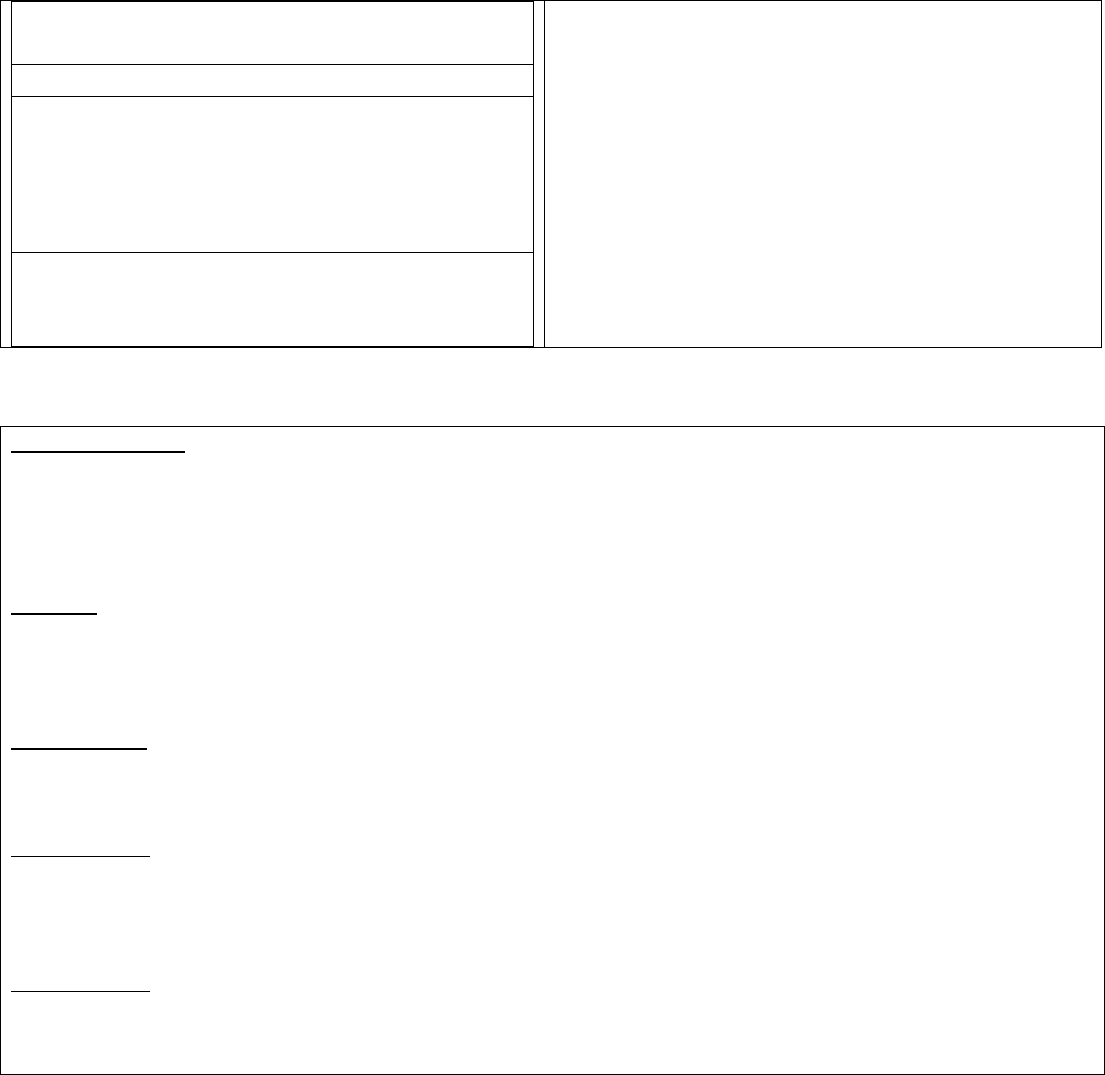
game.
2-3 days
Writing Instruction:
FCAs: Correct spelling and ordering faire and
ER verb conjugation sentences, negative
statements, and interrogatives.
Activities: All activities
Grammar Instruction:
FCAs: see writing.
Activities: All activities
Ongoing Standards Addressed in This Unit:
Communication
1.9 Students engage in conversations, provide and obtain information, express feelings and
emotions, and exchange opinions.
1.10 Students understand and interpret spoken and written French on a variety of topics.
1.11 Students present information, concepts, and ideas in French to an audience of listeners or
readers on a variety of topics
Cultures
2.1 Students demonstrate an understanding of the relationship between the practices and
perspectives of francophone cultures.
2.2 Students demonstrate an understanding of the relationship between the products and
perspectives of francophone cultures.
Connections
3.1 Students reinforce and further their knowledge of other disciplines through French.
3.2 Students acquire information and recognize the distinctive viewpoints that are only available
through the French language and its cultures.
Comparisons
4.1 Students demonstrate understanding of the nature of language through comparisons
between French and English.
4.2 Students demonstrate understanding of the concept of culture through comparisons between
francophone cultures and their own.
Communities
5.1 Students use French both within and beyond the school setting.
5.2 Students show evidence of becoming life-long learners by using French for personal enjoyment
and enrichment.

Module Title: IR Irregular Verb Conjugation (sortir, partir, dormir, servir, sentir, courir) (Unite
5A.2, Extra Resources)
Subject: French I
Grade: 9-12
Timeline: 1-1.5 Week
Module Overview:
The student will learn about how to use form irregular IR verbs as well as what several
common IR verbs are, and how they compare and contrast with regular IR verbs, ER verbs,
other irregular verbs, and English present tense conjugation.
Module Objectives:
1.Students will be able to write and translate basic French sentences using irregular –IR verbs.
2. Students will learn, recall, use, and form their own sentences using irregular –IR verbs and
previous knowledge.
3. Students will be able to compare and contrast irregular IR verbs with regular IR verbs, with
ER verbs, and with other irregular verbs, as well as continue comparing French and English
present tense conjugation and meaning.
Thematic Focus:
- Irregular IR verbs are a common type of IR verb, and each type of them has its own
chart that needs to be memorized.
Essential Questions:
-
How do I form irregular French –IR verbs given the actor?
- What are the similarities and differences between French and English present tense
formation and meaning that can help in translating between the languages? (helping
verbs or lack thereof, different modes, etc.)
- How can I identify an irregular -IR verb? How do they differ in look and formation from
ER verbs? From regular –IR verbs? From other irregular verbs? Which is more common in
the French language?
Instructional Focus of Module:
Communication
Cultures
Grammar Eligible Content
1.12 Students engage in
conversations, provide
and obtain information
through their
expanded ability to
formulate their
sentences using
irregular -IR verbs.
1.13 Students understand
and interpret spoken
and written French that
includes irregular -IR
Verbs
1.14 Students learn to ask
about and share
2.1 Students demonstrate
an understanding of
the relationship
between the practices
and
perspectives of French
when learning about
the similarities and
differences between
French and English
present tense
conjugation.
-irregular IR verb conjugation
and sentence translation.
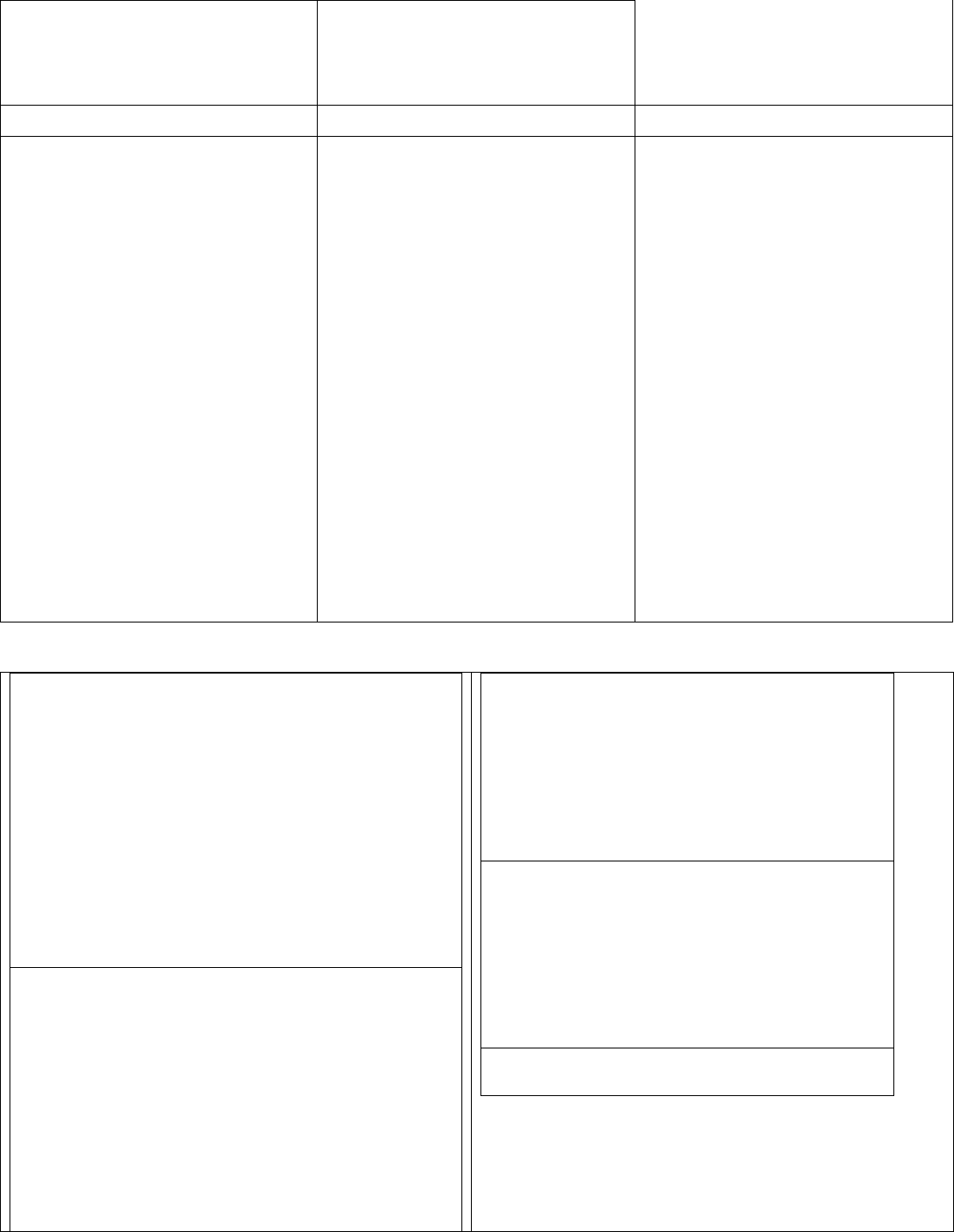
information in French
using irregular -IR verbs.
Connections
Comparisons
Communities
3.1 Students reinforce and
further their knowledge
of verb conjugation,
correct sentence
formation, and their
ability to compare and
contrast French and
English sentence
syntax.
3.2 Students acquire
information and
recognize the
distinctive viewpoints in
French sentences that
require less words and
no helping verbs to
convey the present
tense.
4.1 Students demonstrate
understanding of the
nature of language
through comparisons
between French and
English question and
answer construction
using IR verbs.
4.2 Students demonstrate
understanding of the
concept of culture
through comparisons
between francophone
cultures and their own.
5.1 Students use French
both within and
beyond the school
setting in working on
homework regarding
irregular -IR verbs
5.2 Students show
evidence of becoming life-
long learners by using French
irregular –IR verb formation
rules as a bedrock of French
conversation.
Text Set:
Text: DA1 – 5A.2 Irregular –ir verbs
Activities:
- class notes on p. 156-157 material
- VHL tutorial on Irregular IR verbs
- p. 156-157 ex. 1-3, Essayez
- WS on irregular IR vebs, online and in
workbook
- white board / class question and answer
construction lesson drill.
2-3 days
Text: D’Accord 1 – Lecon 5A.2 –
Communication activities on VHL website
Activities:
2. Use several online resources from
VHL website for this unit (Info gap,
communication activities, etc) to
teach correct irregular -IR verb
usage in sentence and question
formation.
Writing Prompts & Assessments:
4. White board drill
5. Communication activities
6. Ch. 5A.2 quiz
Grammar Assessments:
4. White board drill
5. Communication activities
6. Ch. 5A.2 quiz
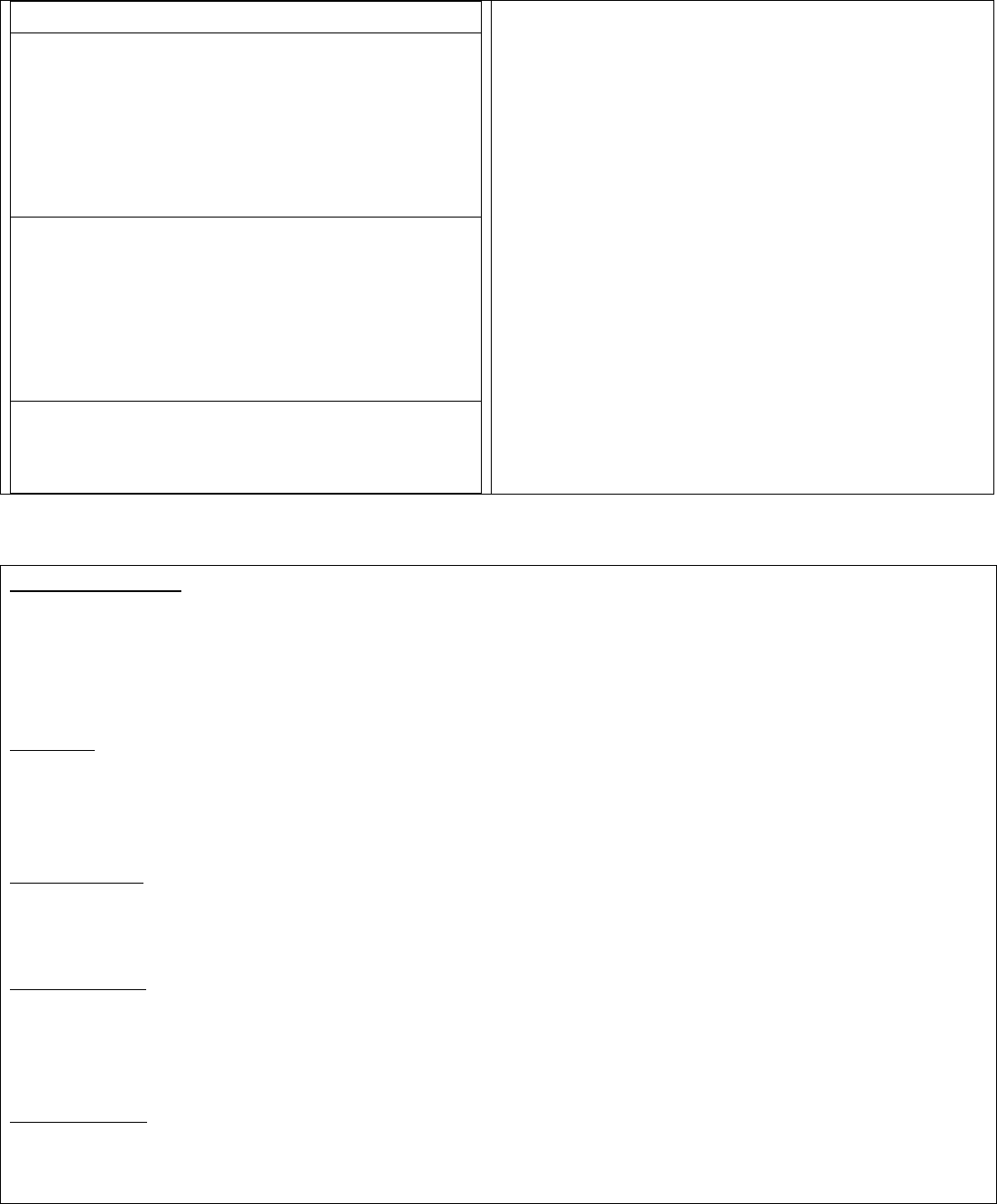
2 days
Text: DA-5A.2 review and quiz
Activities:
- Take DA1-5A.2 review and Test,
constructed of exercises that target
strengths demonstrated
2 days
Writing Instruction:
FCAs: Writing correct irregular –IR verb
conjugation in multiple close activities,
dialogues, class notes, and other activities
correctly.
Activities: All
Grammar Instruction:
FCAs: Correct spelling of irregular –IR verbs
Activities:All
Ongoing Standards Addressed in This Unit:
Communication
1.15 Students engage in conversations, provide and obtain information, express feelings
and emotions, and exchange opinions.
1.16 Students understand and interpret spoken and written French on a variety of topics.
1.17 Students present information, concepts, and ideas in French to an audience of
listeners or readers on a variety of topics
Cultures
2.1 Students demonstrate an understanding of the relationship between the practices
and perspectives of francophone cultures.
2.2 Students demonstrate an understanding of the relationship between the products
and perspectives of francophone cultures.
Connections
3.1 Students reinforce and further their knowledge of other disciplines through French.
3.2 Students acquire information and recognize the distinctive viewpoints that are only
available through the French language and its cultures.
Comparisons
4.1 Students demonstrate understanding of the nature of language through comparisons
between French and English.
4.2 Students demonstrate understanding of the concept of culture through comparisons
between francophone cultures and their own.
Communities
5.1 Students use French both within and beyond the school setting.
5.2 Students show evidence of becoming life-long learners by using French for personal
enjoyment and enrichment.
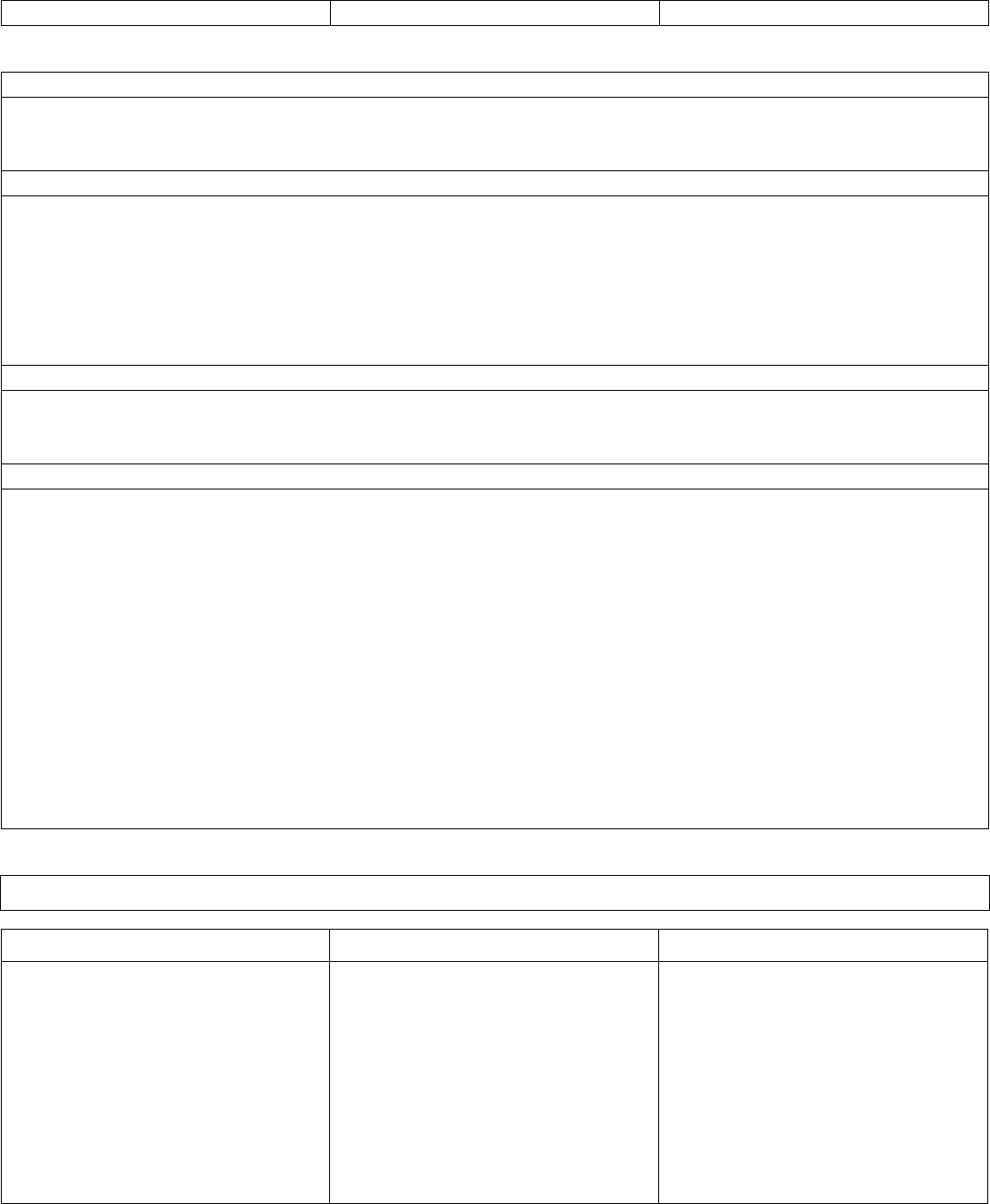
Module Title: Quel temps fait-il? (Season, weather, months, dates, numbers 101 and higher)
(Unite 5B Contextes, 5B.1)
Subject: French I
Grade: 9-12
Timeline: 3 Weeks
Module Overview:
We will be learning about the similarities and differences between the French and English words for
seasons, weather, months, and dates; and we will be learning to write, read, speak, and listen to
descriptions of these things throughout the lesson.
Module Objectives:
5. TSWBAT correctly know, speak, write, hear and understand the vocabulary words regarding
seasons, weather, months, dates, and numbers higher than 101.
6. TSWBAT compare and contrast French and American words for seasons, weather, months, and
dates, and will be able to distinguish between false and true cognates, as well as learn the
Roman history behind some of this vocabulary.
7. TSWBAT apply this knowledge in many class activities as well as every day of their lives after this
unit as they express the date, season, or weather on any given future date.
Thematic Focus:
The students will learn the intricate similarities and differences about a French and English words for
seasons, weather, months, dates, and numbers over 101; and will be able to show mastery in reading,
writing, speaking, and hearing descriptions of these things for the rest of their lives.
Essential Questions:
7. How and why are French words for seasons, weather, months, dates, and numbers higher than
101 similar to English/American ones? How and why are they different?
8. What is the history behind some of the naming of the months and seasons in French and
English?
9. How does my previous knowledge of how to form French numbers 1-100 help me in forming
French numbers over 101?
10. How can I expand my knowledge of English words by learning French ones?
11. How is the way weather is expressed in fixed expressions using “faire” or verbs for precipitation
different than the construction of English weather expressions? Can these be altered or must
they simply be memorized?
12. How are Fahrenheit and Celsius different systems of temperature measurement? How do you
convert between the two?
13. How do I correctly express the full date in English, versus how I correctly express it, long and
shorthand, in French?
Instructional Focus of Module:
Communication 1.1-3
Cultures
Grammar Eligible Content
1.18 Students engage in
conversations, provide
and obtain information
regarding the date,
weather, season, and
month that is being
discussed.
1.19 Students understand and
interpret spoken and
written French regarding
2.1 Students demonstrate an
understanding of the
relationship between
French words for months
and seasons and their
cultural and historical
inheritance from the
Romans, some of which
has transferred also into
the English language.
- weather expression formation
using “faire” or a precipitation
verb.
- Cognate and false cognate
words found in French versus
English words for seasons,
months, weather, date, and
numbers expressions.
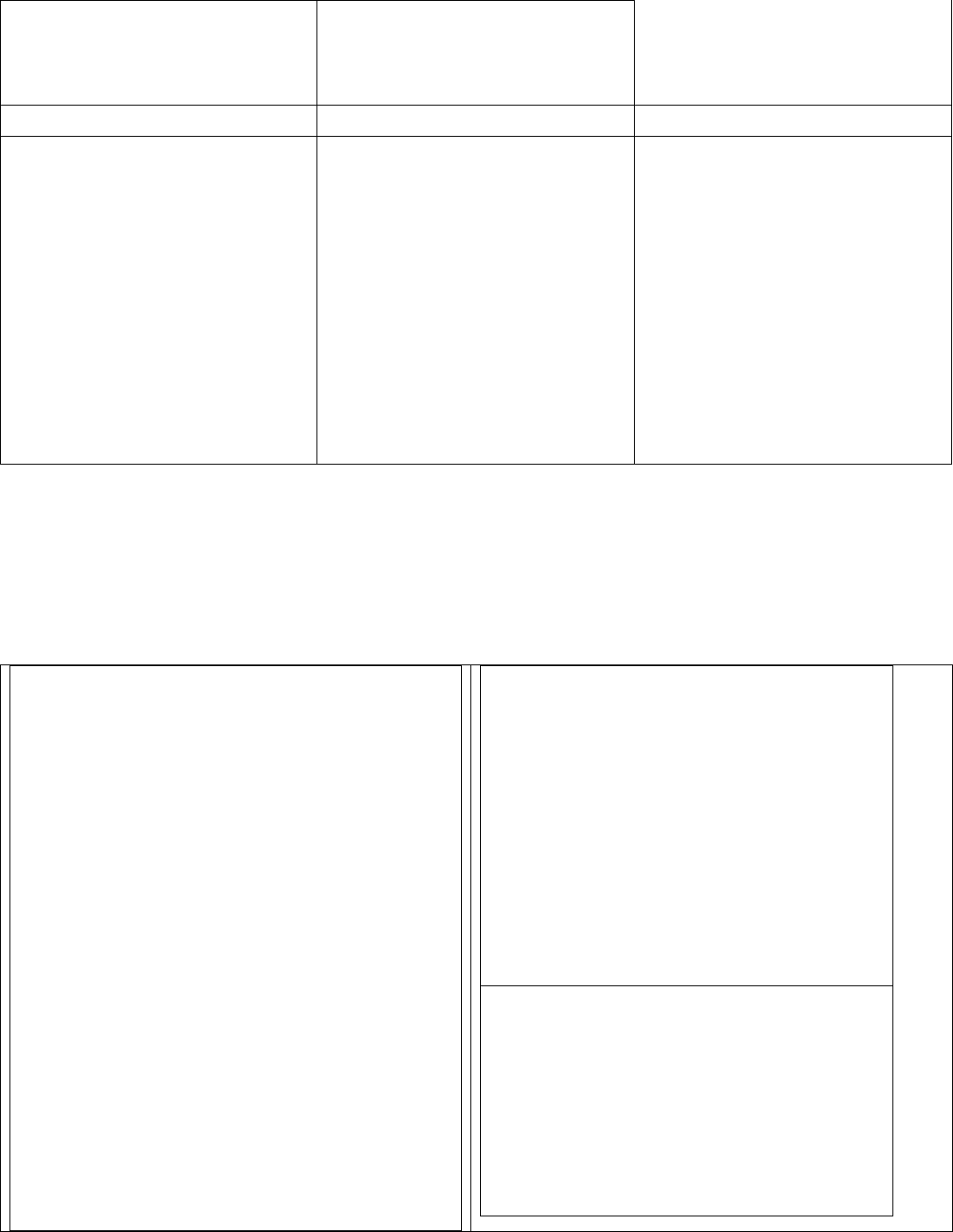
seasons, dates, months,
and numbers over 101.
Connections
Comparisons
Communities
a. Students reinforce and
further their
knowledge of English
vocabulary by
learning the French
names for seasons,
weather, dates, and
months.
4.1 Students demonstrate
understanding of the
nature of language
through comparisons
between French and
English ways of
expressing seasons,
months, weather, and
dates, Fahrenheit versus
Celsius temperature
readings and their
conversions, as well as in
the construction of
numbers from 1-?
5.2 Students show evidence
of becoming life-long learners
by using French to express
information about weather,
seasons, months, dates,
Fahrenheit versus Celsius
conversions, and numbers from
1 to one billion in their regular
life as longtime language users.
Text Set:
Anchor Text: D’Accord 1 – Leçon 5B pp. 160-
161 Contextes
Activities:
- speak online vocab link expression
- copy the vocab from pp. 160-161
- do daily journals regarding the day, date,
month, and weather, moving from French to
English to set a habit of following this pattern
- do pp. 161 ex. 1-3 after basic class practice
- do workbook and online worksheets to
practice material.
- teach and practice the difference between
Fahrenheit and Celsius expressions of
temperature, and how to easily convert
between the two when travelling in a foreign
country. Teach also which countries use which
measurement system.
- have mini class conversations about the day,
season, date, etc. in class.
- do p. 162 ex. 4, and have a conversation
with a classmate
Reading Assessments:
Formative: All worksheets, in class
practice, journal entries, and homework,
oral writing and presentation.
Lecture passage
Summative:
- DA1 – 5B / 5B.1 Quest
Writing Prompts & Assessments:
Formative: All worksheets, in class
practice, journal entries, and homework,
oral writing and presentation.
Summative:
- DA1 – 5B / 5B.1 Quest
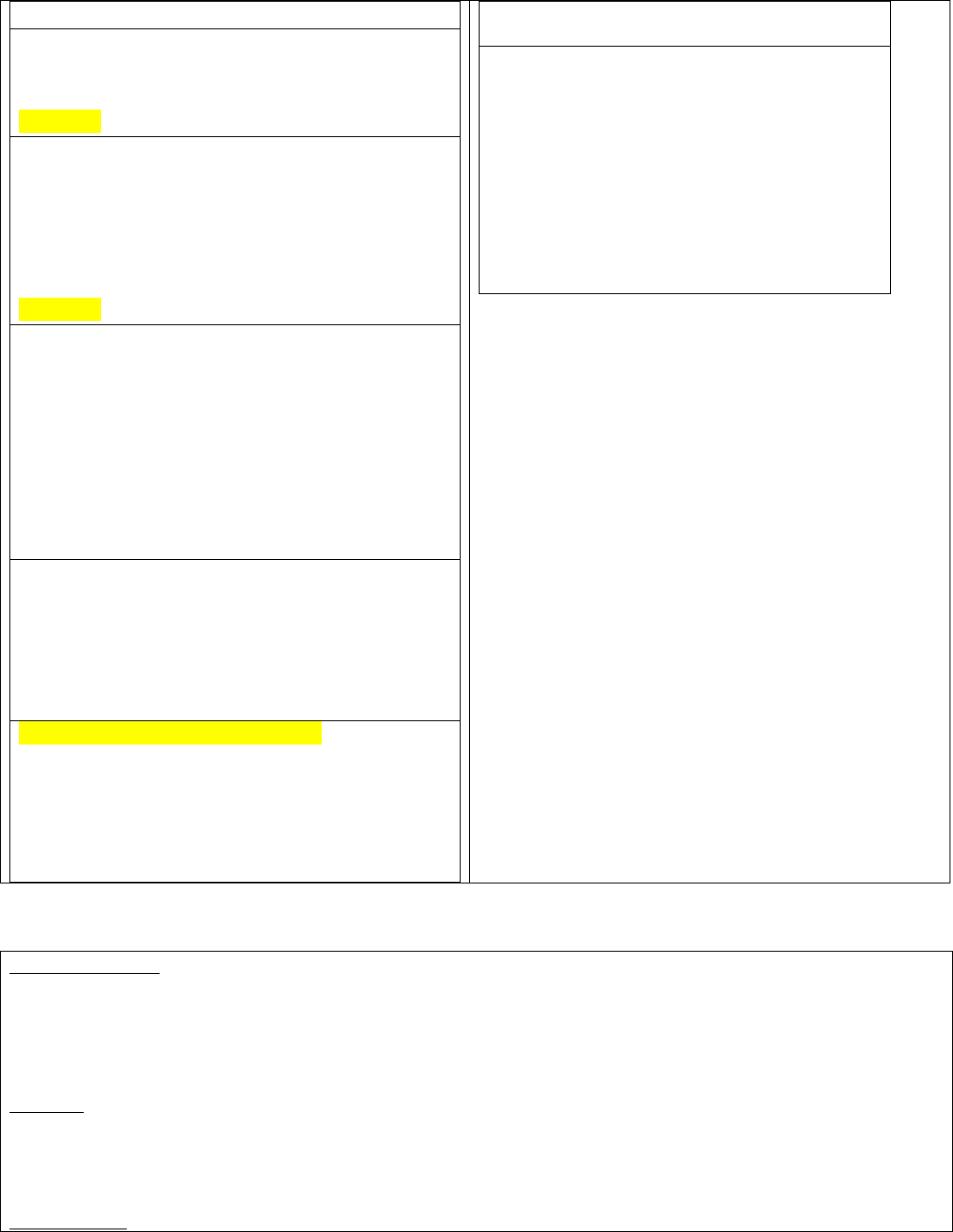
4-6 days
Text: Roman-Photo pp. 164-165 / on VHL DVD
or website for Unite 5B “Quel temps !”
Activities: Multiple views watching/WS comp.
One day
Text: DA1-5B – pp. 166-167 – Lecture – “Les
jardins publiques” (Optional, also with slang
weather vocabulary)
Activities: p. 166 ex. 1 after multiple views and
class discussion. Perhaps jigsaw with p. 167
matherial.
One day
Text: DA1 – 5B.1 Numbers 101 and higher
Activities:
- class notes on p. 168-169 material
- VHL tutorial on numbers 101 and higher
- p. 168-169 ex. 1-4, Essayez
- WS on Numbers 101 and higher, online
and in workbook
2-3 days
Text: DA1-5B/5B.1 Quest
Activities:
Prepare then take the test constructed for
students on seasons, weather, months, dates,
and numbers higher than 101
2-3 days
Writing and Grammar Instruction:
FCAs: Correct spelling of months, seasons,
weather, and date expressions as well as
numbers 101 and higher.
- Correct conversion between Fahrenheit and
Celsius temperatures.
Grammar Assessments:
Formative: All worksheets, in class
practice, journal entries, and homework.
Summative:
- DA1 – 5B / 5B.1 Quest
Ongoing Standards Addressed in This Unit:
Communication
1.20 Students engage in conversations, provide and obtain information, express feelings and
emotions, and exchange opinions.
1.21 Students understand and interpret spoken and written French on a variety of topics.
1.22 Students present information, concepts, and ideas in French to an audience of listeners or
readers on a variety of topics
Cultures
2.1 Students demonstrate an understanding of the relationship between the practices and
perspectives of francophone cultures.
2.2 Students demonstrate an understanding of the relationship between the products and
perspectives of francophone cultures.
Connections

3.1 Students reinforce and further their knowledge of other disciplines through French.
3.2 Students acquire information and recognize the distinctive viewpoints that are only available
through the French language and its cultures.
Comparisons
4.1 Students demonstrate understanding of the nature of language through comparisons
between French and English.
4.2 Students demonstrate understanding of the concept of culture through comparisons between
francophone cultures and their own.
Communities
5.1 Students use French both within and beyond the school setting.
5.2 Students show evidence of becoming life-long learners by using French for personal enjoyment
and enrichment.
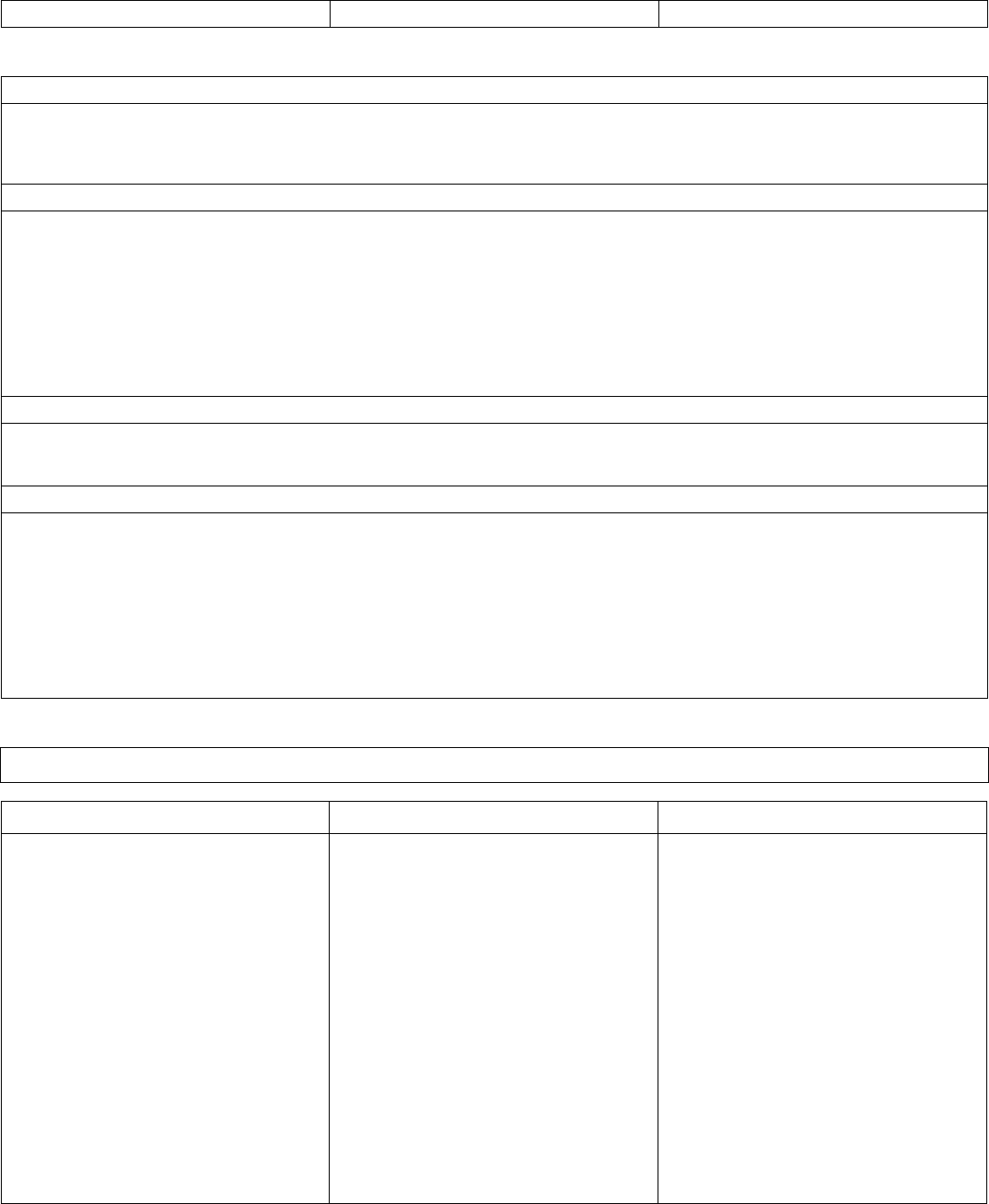
Module Title: Spelling Change –ER Verbs (acheter, esperer, envoyer, etc.) (Unite 5B.2, Extra
Resources)
Subject: French I
Grade: 9-12
Timeline: 1-1.5 Week
Module Overview:
The student will learn about how to use form spelling-change -er verbs as well as what
several common IR verbs are, and how they compare and contrast with regular IR verbs, ER
verbs, other irregular verbs, and English present tense conjugation.
Module Objectives:
1.Students will be able to write and translate basic French sentences using spelling-change -
er verbs.
2. Students will learn, recall, use, and form their own sentences using spelling-change -er
verbs and previous knowledge.
3. Students will be able to compare and contrast spelling-change -er verbs with regular ER
verbs, with IR verbs, and with other irregular verbs, as well as continue comparing French and
English present tense conjugation and meaning.
Thematic Focus:
-
Spelling-change -er verbs are a tricky form of almost-regular ER verbs, and each type
of them has its own chart that needs to be memorized.
Essential Questions:
-
How do I form spelling-change -er verbs given the actor?
- What are the similarities and differences between French and English present tense
formation and meaning that can help in translating between the languages? (helping
verbs or lack thereof, different modes, etc.)
- How can I identify a spelling-change -er verbs? How do they differ in look and
formation from ER verbs? From regular –IR verbs? From other irregular verbs? Which is
more common in the French language?
Instructional Focus of Module:
Communication
Cultures
Grammar Eligible Content
1.23 Students engage in
conversations, provide
and obtain information
through their
expanded ability to
formulate their
sentences using
spelling-change -er
verbs.
1.24 Students understand
and interpret spoken
and written French that
includes spelling-
change -er verbs
2.1 Students demonstrate
an understanding of
the relationship
between the practices
and
perspectives of French
when learning about
the similarities and
differences between
French and English
present tense
conjugation.
-irregular IR verb conjugation
and sentence translation.
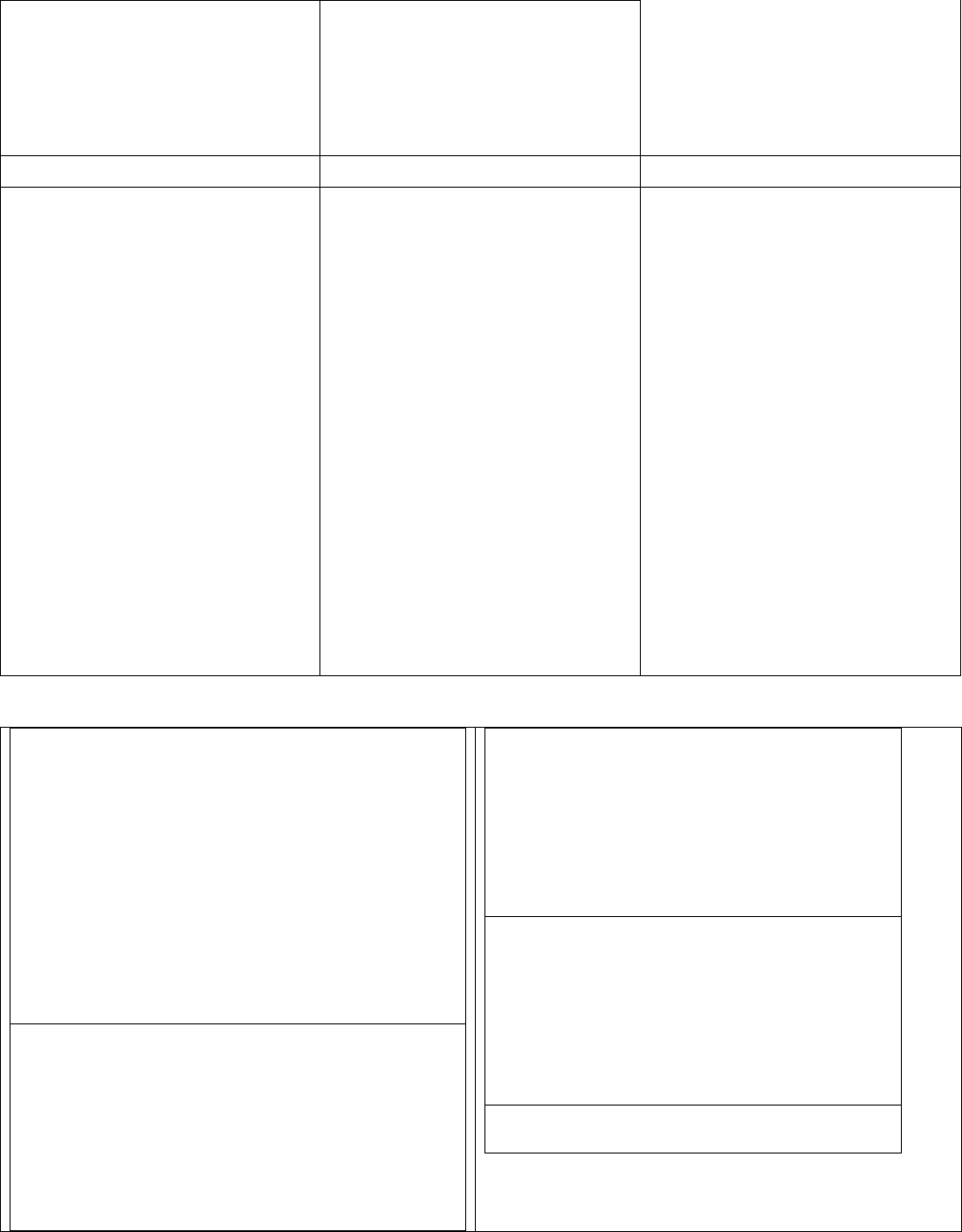
1.25 Students learn to ask
about and share
information in French
using spelling-change -
er verbs.
Connections
Comparisons
Communities
3.1 Students reinforce and
further their knowledge
of verb conjugation,
correct sentence
formation, and their
ability to compare and
contrast French and
English sentence
syntax.
3.2 Students acquire
information and
recognize the
distinctive viewpoints in
French sentences that
require less words and
no helping verbs to
convey the present
tense.
4.1 Students demonstrate
understanding of the
nature of language
through comparisons
between French and
English question and
answer construction
spelling-change -er
verbs.
4.2 Students demonstrate
understanding of the
concept of culture
through comparisons
between francophone
cultures and their own.
5.1 Students use French
both within and
beyond the school
setting in working on
homework regarding
spelling-change -er
verbs.
5.2 Students show
evidence of becoming
life-long learners by
using French spelling-
change -er verbs
formation rules as a
bedrock of French
conversation.
Text Set:
Text: DA1 – 5B.2 Spelling-change -er verbs
Activities:
- class notes on p. 170-171 material
- VHL tutorial on Spelling-change -er verbs
- p. 170-171 ex. 1-3, Essayez
- WS on spelling-change -er verbs, online
and in workbook
- white board / class question and answer
construction lesson drill.
2-3 days
Text: D’Accord 1 – Lecon 5B.2 –
Communication activities on VHL website
Activities:
3. Use several online resources from
VHL website for this unit (Info gap,
communication activities, etc) to
teach correct spelling-change -er
Writing Prompts & Assessments:
7. White board drill
8. Communication activities
9. Ch. 5B.2 quiz
Grammar Assessments:
7. White board drill
8. Communication activities
9. Ch. 5B.2 quiz
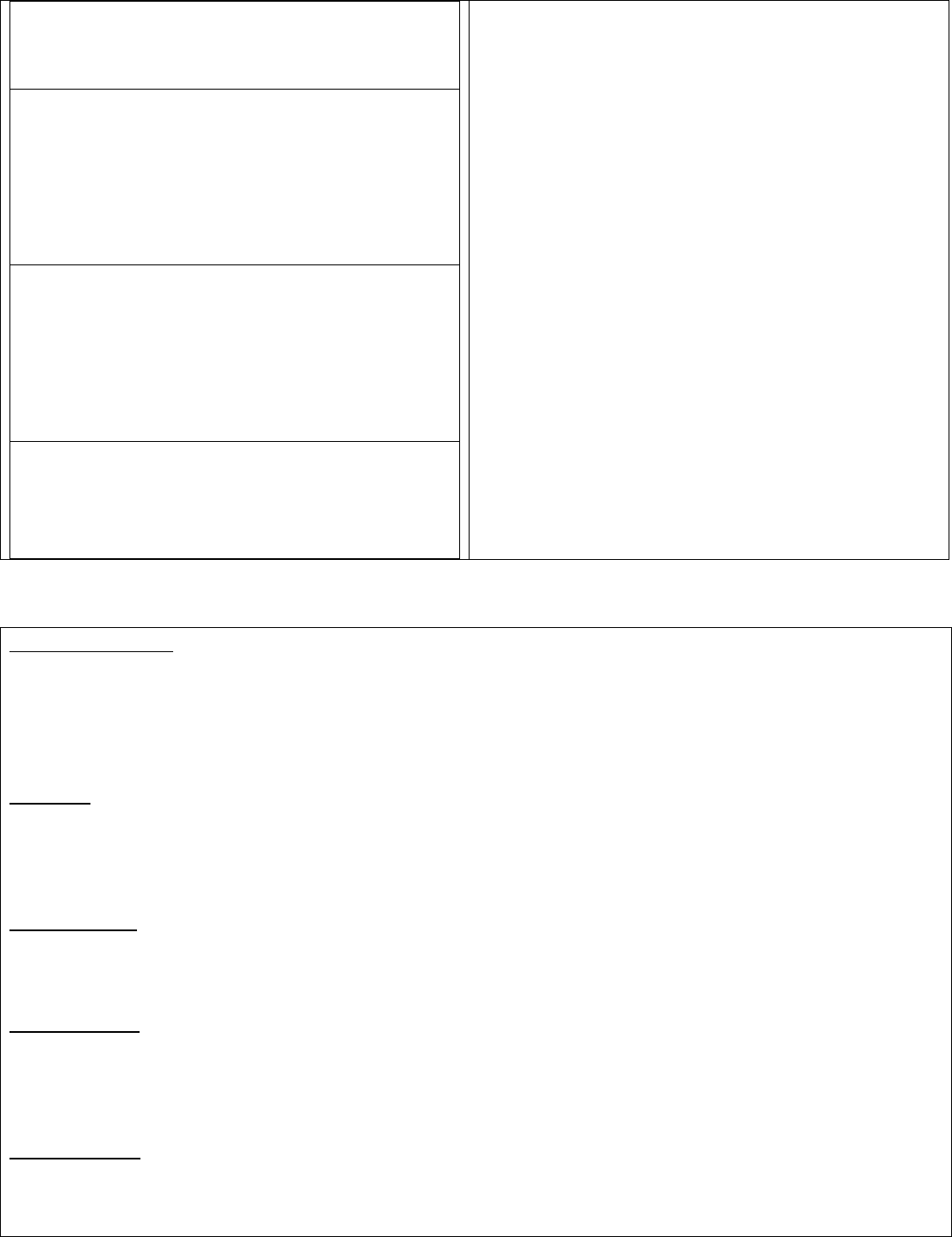
verbs usage in sentence and
question formation.
2 days
Text: DA-5B.2 review and quiz
Activities:
- Take DA1-5B.2 review and Test,
constructed of exercises that target
strengths demonstrated
2 days
Writing Instruction:
FCAs: Writing correct spelling-change -er
verbs conjugation in multiple close
activities, dialogues, class notes, and other
activities correctly.
Activities: All
Grammar Instruction:
FCAs: Correct spelling of spelling-change -
er verbs
Activities:All
Ongoing Standards Addressed in This Unit:
Communication
1.26 Students engage in conversations, provide and obtain information, express feelings
and emotions, and exchange opinions.
1.27 Students understand and interpret spoken and written French on a variety of topics.
1.28 Students present information, concepts, and ideas in French to an audience of
listeners or readers on a variety of topics
Cultures
2.1 Students demonstrate an understanding of the relationship between the practices
and perspectives of francophone cultures.
2.2 Students demonstrate an understanding of the relationship between the products
and perspectives of francophone cultures.
Connections
3.1 Students reinforce and further their knowledge of other disciplines through French.
3.2 Students acquire information and recognize the distinctive viewpoints that are only
available through the French language and its cultures.
Comparisons
4.1 Students demonstrate understanding of the nature of language through comparisons
between French and English.
4.2 Students demonstrate understanding of the concept of culture through comparisons
between francophone cultures and their own.
Communities
5.1 Students use French both within and beyond the school setting.
5.2 Students show evidence of becoming life-long learners by using French for personal
enjoyment and enrichment.

Module Title: Les Fêtes et Etapes de la vie! (Party and Life Stage vocabulary ; Demonstrative
Adjectives) 6A ; 6A.1
Subject: French I
Grade: 9-12
Timeline: 5 Weeks
Module Overview:
The student will learn about the similarities and differences between French and American
life stage and party vocabulary. The students will compare and contrast French and English
demonstrative adjectives, given the presence of gendered nouns in French, and they will
associate them to previous skills learned with definite and indefinite articles.
Module Objectives:
1. Students will be able to describe in French the basic elements of a French friend and
family party, and will also be able to describe how these festivities compare and contrast to
an American friend and family party.
2. Students will be able to find cognates and different words to describe life stages in the
vocabulary, and they will be able to correctly read, write, hear, and speak these
terminologies in full sentences and class drill.
3. Students will be able to correctly use French demonstrative adjectives, and will make
appropriate connections between these and the definite and indefinite articles they have
learned, as well as compare and contrast these words with the English
“this/that/these/those” and expressions for items that are close at hand and far away.
Thematic Focus:
-
To be French is to be intimately connected with food and cuisine
- The French and English words for many food items, restaurant terminologies, and
culinary practices and terms are linked because many English terms come from
French words for foods.
- Some French and English words for foods food items, party items, and life stages come
from our shared heritage. The French have a different orientation toward the use of
alcohol in their meals and celebrations, however.
- Politeness is a deeply ingrained French value, and traditions around food are a big
piece of this politeness.
- The French enjoy celebrations just as much as Americans do, but their celebrations
tend to be a bit more understated / refined than American celebrations.
- French and English demonstrative adjectives are dissimilar in both form and some of
their function.
Essential Questions:
-
Do the American and French cultures value the role of food and drink in our
celebrations equally?
- What similarities and differences are there between French and American
terminologies regarding food items?
- What is the rhythm of French family and friend celebrations versus American ones?
- How can using and learning French culinary terms help me assimilate into a new
culture?
- How has French culture shaped American culinary language?
- How can I express all the life stages in French? Do they mean the same as English life
stages? How are they spelled similarly or differently? Which are true or false
cognates?

-
How are French and English demonstrative adjectives different in meaning, form, and
function? How are they similar?
Instructional Focus of Module:
Communication
Cultures
Grammar Eligible Content
1.29 Students engage in
conversations, provide
and obtain
information, express
feelings and emotions,
and exchange
opinions using party
and life stage
vocabulary.
1.30 Students understand
and interpret spoken
and written French in
an article and video
about French
celebrations.
1.31 Students present
information, concepts,
and ideas in French to
an audience of
listeners during their
class activities.
2.1 Students demonstrate
an understanding of
the relationship
between the practices
and
perspectives of the
French in the ways
they celebrate lifetime
milestones and
holidays.
2.2 Students demonstrate
an understanding of
the holidays, food,
drink, and people and
the perspectives of
francophone cultures.
- Demonstrative adjectives.
- the difference between
marital status as noun or
adjective
- cognates in party and life
stage vocabulary.
Connections
Comparisons
Communities
3.1 Students reinforce and
further their knowledge
of verbs and nouns by
learning party and
lifestage vocabulary.
3.2 Students acquire
information and
recognize the
distinctive viewpoints in
French versus
American celebrations.
4.1 Students demonstrate
understanding of the
nature of language
through comparisons
between French and
English party and
lifestage vocabulary.
4.2 Students demonstrate
understanding of the
concept of culture
through comparisons
between francophone
cultures and their own.
5.1 Students use French
both within and
beyond the school
setting by talking
about their own
celebrations.
5.2 Students show
evidence of becoming life-
long learners by using French
for personal enjoyment and
celebrations and expression
information about life stages.
Text Set:
Anchor Text: D’Accord 1, Leçon 6A (pp.
Reading Assessments:

182-183, Contextes)
Activities:
1. Students will complete teacher-
provided vocabulary sheet with
picture and space for extra
vocabulary
2. VHL active site for authentic French
pronunciations and class mastery
3. Contextes worksheets for 6A from
workbook and online
4. p. 182-183 book practice exercises
5. Roman-Photo 6A pp. 186-187 – pre-read;
watch multiple views, fill out worksheet
from workbook.
5-7 days
Text: D’Accord 1 – Leçon 6A Culture à la
Loupe – Le carnaval
Activities:
4. Flash culture video/WS
5. Read articles in book p. 188-189
6. Jigsaw
7. Do p. 188-189 ex. 1,2 in groups,
check as class.
1 day
Text: DA1 – 6A.1 Demonstrative Adjectives
Activities:
- class notes on p. 190-191 material
- VHL tutorial on prendre, boire, and
partitives
- p. 190-191 ex. 1-4 ex. 1-3, Essayez
- WS on demonstrative adjectives from
workbook.
- Teacher-created worksheet on
Demonstrative adjectives, pairing them
with school-related items for easy mastery.
2-3 days
Text : Writing Worksheet : Ma fete préférée
Activities:
Students take a day to write all about their
1.
All written activities.
2. Culture reading – Carnaval and 14 juilliet
3. DA-6A-6A.1 Quest
Writing Prompts & Assessments:
10. All written activities.
11. DA-6A-6A.1 Quest
Grammar Assessments:
10. Café translate
11. Café script
12. Dice and white board days
13. Ch. 4B test
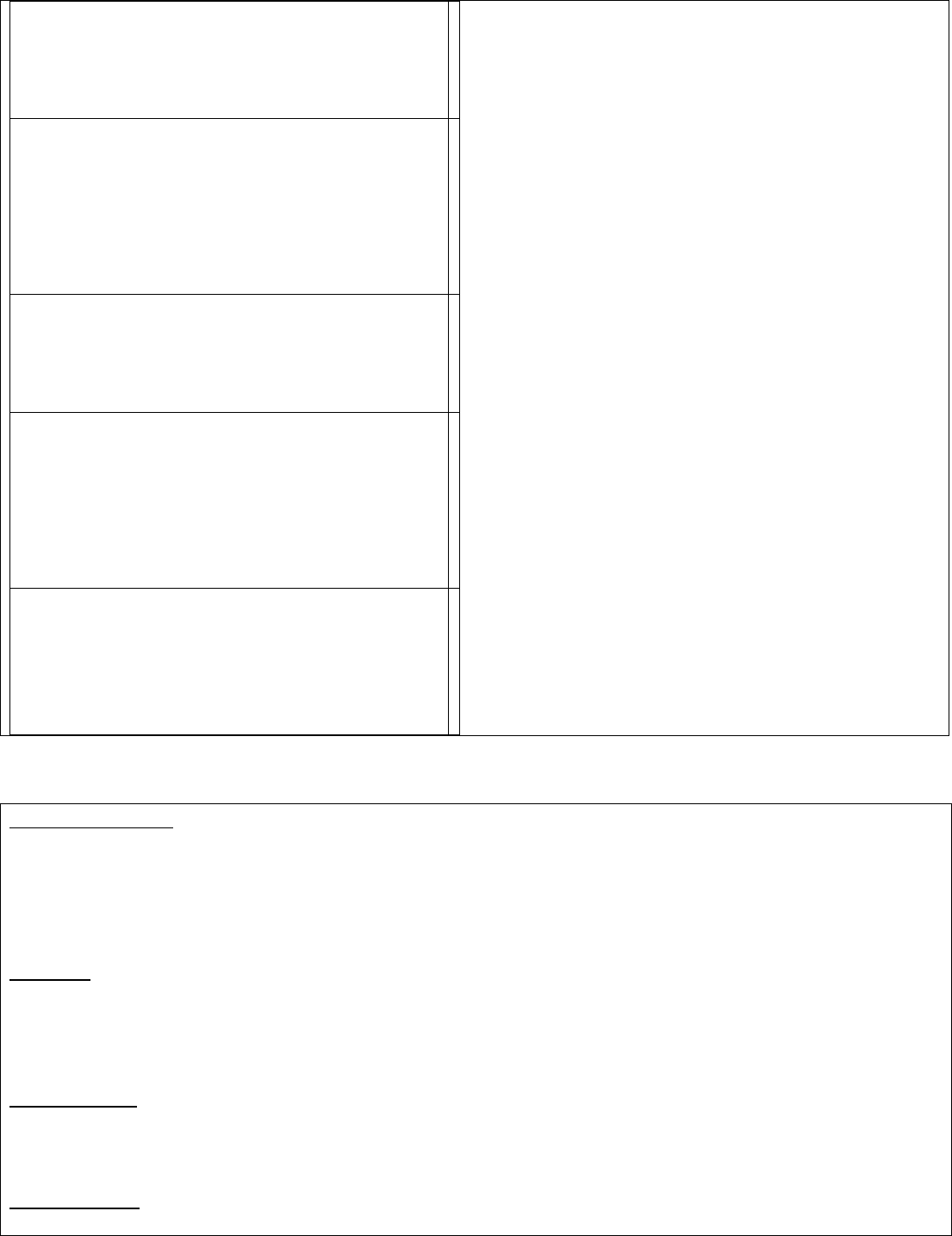
favorite holiday, making sure to include 4
food or drink items, 2 verbs from Contextes,
2 life stage vocabulary words, and 2
demonstrative adjectives.
Text: DA-6A contextes-6B.1 review
Activities:
1. Focused review document
2. White board review day
3. Jeopardy day
2-3 days
Text: DA-6A-6A.1 Quest
Activities:
- Take Quest.
1 day
Writing Instruction:
FCAs: Writing sentences and paragraphs
and interviews using party and life stage
vocabulary and demonstrative adjectives
appropriately.
Activities: All
Grammar Instruction:
FCAs: Correct spelling of party and
lifestage and demonstrative adjective
vocabulary.
Activities:All
Ongoing Standards Addressed in This Unit:
Communication
1.32 Students engage in conversations, provide and obtain information, express feelings
and emotions, and exchange opinions.
1.33 Students understand and interpret spoken and written French on a variety of topics.
1.34 Students present information, concepts, and ideas in French to an audience of
listeners or readers on a variety of topics
Cultures
2.1 Students demonstrate an understanding of the relationship between the practices
and perspectives of francophone cultures.
2.2 Students demonstrate an understanding of the relationship between the products
and perspectives of francophone cultures.
Connections
3.1 Students reinforce and further their knowledge of other disciplines through French.
3.2 Students acquire information and recognize the distinctive viewpoints that are only
available through the French language and its cultures.
Comparisons
4.1 Students demonstrate understanding of the nature of language through comparisons

between French and English.
4.2 Students demonstrate understanding of the concept of culture through comparisons
between francophone cultures and their own.
Communities
5.1 Students use French both within and beyond the school setting.
5.2 Students show evidence of becoming life-long learners by using French for personal
enjoyment and enrichment.
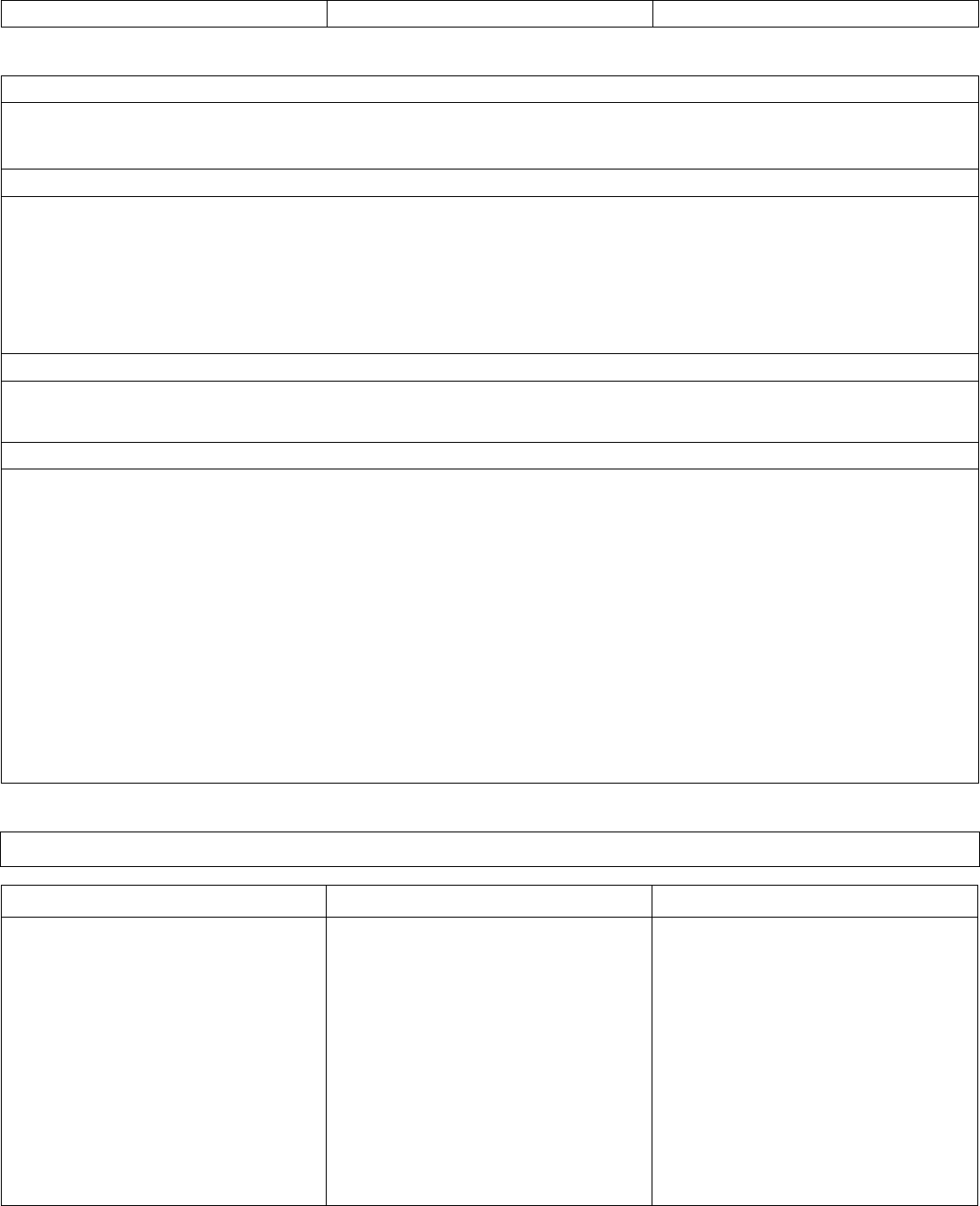
Module Title: The Passé composé with avoir (Unite 6A.2, Extra Resources)
Subject: French I
Grade: 9-12
Timeline: 2 Weeks
Module Overview:
The student will learn about how to use and form regular and irregular verbs in the passé
compose with avoir.
Module Objectives:
1.Students will be able to write and translate basic French sentences using regular and
irregular verbs in the passé compose with avoir.
2. Students will learn, recall, use, and form their own sentences using regular and irregular
verbs in the passé compose with avoir.
3. Students will be able to compare and contrast regular and irregular verbs in the passé
compose with avoir with French and English present and English past verb construction.
Thematic Focus:
-
regular and irregular verbs can be formed in the passé compose with avoir, and each
type of verb has their own set of rules that must be followed.
Essential Questions:
-
How do I form regular and irregular verbs in the passé compose with avoir?
- What are the similarities and differences between French and English present and past
tenses? When I form regular and irregular verbs in the passé compose with avoir, how
does this formation differ from French and English present and English composite past
tense?
- Why there are helping verbs in French passé compose but not in French present
tense? Why is this opposite to English rules?
- What types of past usage are covered when forming a verb in the passe compse with
avoir?
- Will “avoir” be the only helping verb for French passe compose verbs?
- How many irregular past participles are there? How do I know if a past participle will
be regular or irregular?
Instructional Focus of Module:
Communication
Cultures
Grammar Eligible Content
1.35 Students engage in
conversations, provide
and obtain information
through their
expanded ability to
formulate their
sentences using
regular and irregular
verbs in the passé
compose with avoir.
1.36 Students understand
2.1 Students demonstrate
an understanding of
the relationship
between the practices
and
perspectives of French
when learning about
the similarities and
differences between
French and English
present tense
-irregular IR verb conjugation
and sentence translation.
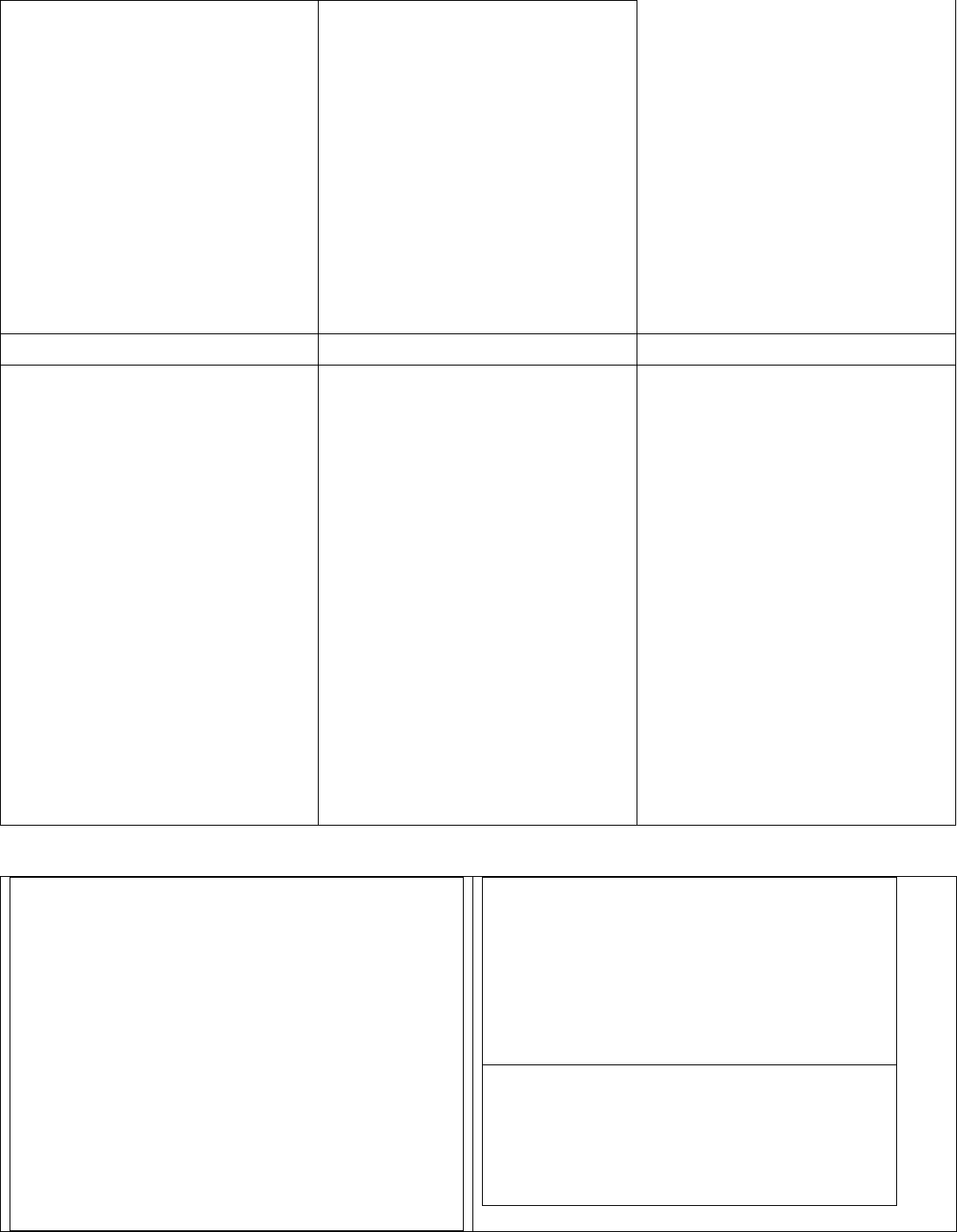
and interpret spoken
and written French that
regular and irregular
verbs in the passé
compose with avoir.
1.37 Students learn to ask
about and share
information in French
using regular and
irregular verbs in the
passé compose with
avoir.
conjugation.
Connections
Comparisons
Communities
3.1 Students reinforce and
further their knowledge
of verb conjugation,
correct sentence
formation, and their
ability to compare and
contrast French and
English sentence
syntax.
3.2 Students acquire
information and
recognize the
distinctive viewpoints in
French sentences that
require less words and
no helping verbs to
convey the past tense.
4.1 Students demonstrate
understanding of the
nature of language
through comparisons
between French and
English question and
answer construction
using regular and
irregular verbs in the
passé compose with
avoir.
4.2 Students demonstrate
understanding of the
concept of culture
through comparisons
between francophone
cultures and their own.
5.1 Students use French
both within and
beyond the school
setting in working on
homework regarding
regular and irregular
verbs in the passé
compose with avoir.
5.2 Students show
evidence of becoming life-
long learners by using French
regular and irregular verbs in
the passé compose with
avoir formation rules as a
bedrock of French
conversation.
Text Set:
Text: DA1 – 6A.2 Irregular –ir verbs
Activities:
- class notes on p. 192-193 material
- VHL tutorial on regular and irregular verbs
in the passé compose with avoir.
- p. 192-193 ex. 1-3, Essayez
- WS on regular and irregular verbs in the
passé compose with avoir., online and in
workbook
- white board / class question and answer
construction lesson drill.
- Multiple teacher-constructed worksheets
Writing Prompts & Assessments:
12. White board drill
13. Communication activities
14. Ch. 6A.2 quiz
Grammar Assessments:
14. White board drill
15. Communication activities
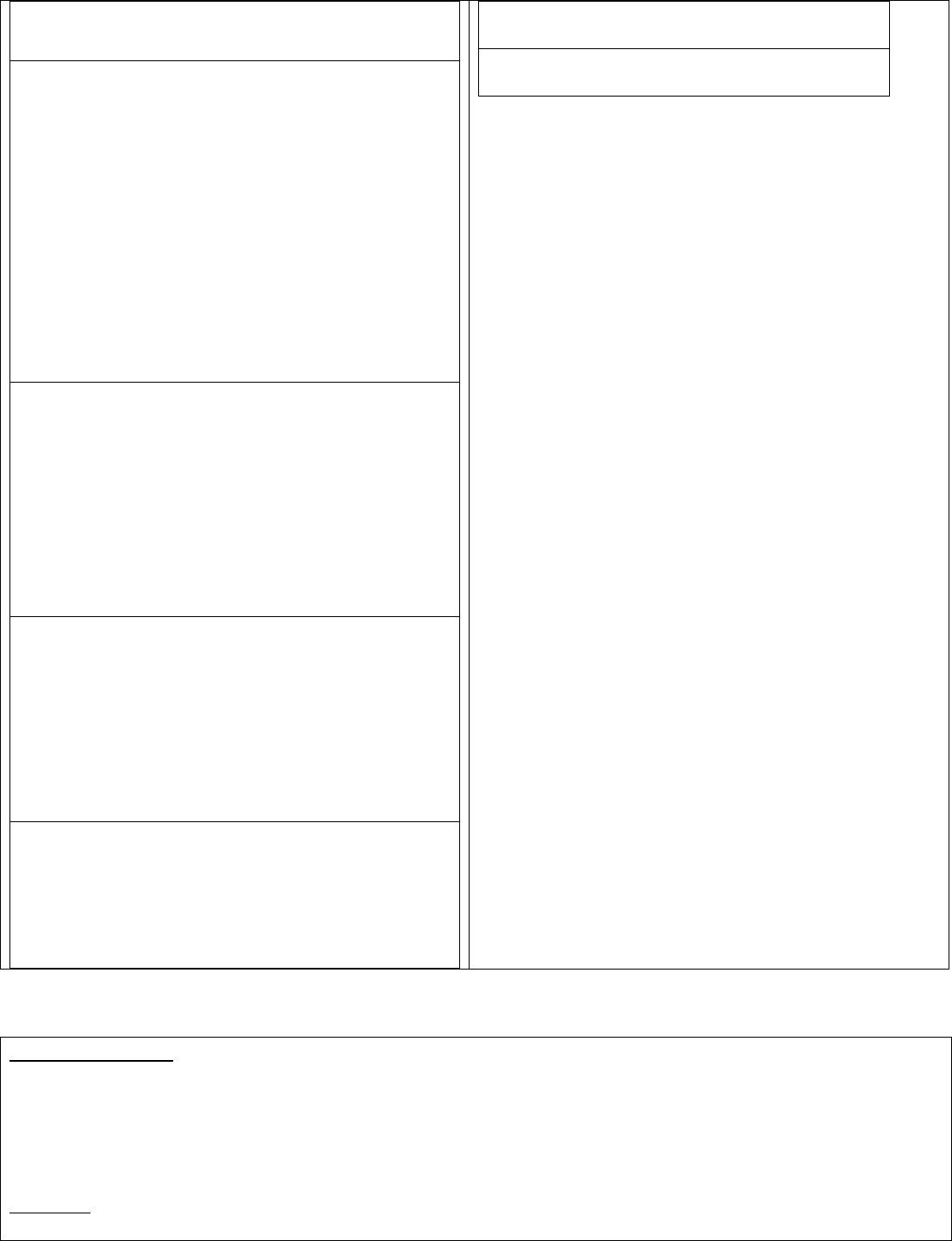
for additional practice.
4-5 days
Text: D’Accord 1 – Lecon 6A.2 –
Communication activities on VHL website
Activities:
8. Use several online resources from
VHL website for this unit (Info gap,
communication activities, etc) to
teach correct regular and irregular
verbs in the passé compose with
avoir usage in sentence and
question formation.
2 days
Text: DA-6A.2 review and quiz
Activities:
- Play ER verb strip and dice game as a
series of competitive rounds for mastery.
- Take DA1-6A.2 review and Test,
constructed of exercises that target
strengths demonstrated
3-4 days
Writing Instruction:
FCAs: Writing correct regular and irregular
verbs in the passé compose with avoir
conjugation in multiple close activities,
dialogues, class notes, and other activities
correctly.
Activities: All
Grammar Instruction:
FCAs: Correct spelling of regular and
irregular verbs in the passé compose with
avoir.
Activities: All
16.
Ch. 6A.2 quiz
Ongoing Standards Addressed in This Unit:
Communication
1.38 Students engage in conversations, provide and obtain information, express feelings
and emotions, and exchange opinions.
1.39 Students understand and interpret spoken and written French on a variety of topics.
1.40 Students present information, concepts, and ideas in French to an audience of
listeners or readers on a variety of topics
Cultures
2.1 Students demonstrate an understanding of the relationship between the practices

and perspectives of francophone cultures.
2.2 Students demonstrate an understanding of the relationship between the products
and perspectives of francophone cultures.
Connections
3.1 Students reinforce and further their knowledge of other disciplines through French.
3.2 Students acquire information and recognize the distinctive viewpoints that are only
available through the French language and its cultures.
Comparisons
4.1 Students demonstrate understanding of the nature of language through comparisons
between French and English.
4.2 Students demonstrate understanding of the concept of culture through comparisons
between francophone cultures and their own.
Communities
5.1 Students use French both within and beyond the school setting.
5.2 Students show evidence of becoming life-long learners by using French for personal
enjoyment and enrichment.

Module Title: Très Chic (Clothing, colors, and indirect object pronouns) D’Accord 1 – Leçon
6B/6B.1
Subject: French I
Grade: 9-12
Timeline: Level 1, 2-3 weeks
Module Overview:
In this module we will learn how to describe clothing items, colors, and use indirect object pronouns.
Module Objectives:
1. The students will be able to (TSWBAT) identify, describe, read, spell, hear, and write words for
clothing items, colors, verbs and adjectives that accompany describing clothing and what
someone is wearing, and they will be able do to the same with usage and spelling of indirect
object pronouns.
2. TSWBAT to describe people and objects in their everyday world with simple French cognate
and non-cognate words for clothing, colors, clothing verbs and adjectives, and indirect object
pronouns.
3. The students will be able to show in presentations, journals, games and class discussion that
they understand the similarities and differences between French and English adjectives,
clothing items, colors, verbs, and indirect object pronouns.
Thematic Focus:
1. The French words for clothing, colors, and adjectives are sometimes English cognates and
sometimes original French words. Sometimes, the cognates originate in French, sometimes in
English.
2. French and English indirect object pronouns have similar and different forms, functions, and
placement rules in the sentences.
3. French and English both have regular and irregular verbs, nouns, and adjectives, which need
to be learned and memorized.
Essential Questions:
1. How are French cognates similar to their English counterparts? How are they different?
2. How does my knowledge of English help my knowledge of French, and vice versa? What do I
need to watch out for that may confuse me?
3. What is an irregular verb in English? In French? How do I memorize them and use them?
4. How are French adjectives spelled and where are they placed in relation to French nouns?
5. Which words for items and people in the classroom are similar in French and English?
Different? How can I guess what a word in French might mean using my English knowledge?
6. What am I learning about French phonics in this lesson?
7. Which French words for items of clothing and colors originated in French? Which originated in
English? How can I tell? What have Americans borrowed from the French in terms of color,
clothing, and fashion vocabulary?
8. What is the form and function of French and English indirect object pronouns? What are the
similarities and differences between them?

Instructional Focus of Module:
Communication
Cultures
Grammar Eligible Content
1.41 Students engage in
conversations, provide
and obtain information,
express feelings and
emotions, and exchange
opinions and items and
people while they discuss
clothing and colors.
1.42 Students understand
and interpret spoken and
written French in regard
to clothing and color
vocabulary.
1.43 Students present
information, concepts,
and ideas in French to an
audience of listeners or
readers regarding
descriptions and opinions
about people, their
clothing and fashion
choices, in a classroom.
2.1 Students demonstrate an
understanding of the
relationship between the
practices and
perspectives of French-
speaking cultures when
reading an article on
French fashion and while
discussion French
influence on English and
American clothing and
fashion culture.
2.2 Students demonstrate an
understanding of the
relationship between the
products and
perspectives of the
French culture regarding
facts about fashion.
French/English cognate
clothing and color vocabulary.
False cognates
- correct adjective placement
after the noun, and correct
handling of more complex
adjectival phrasing.
Connections
Comparisons
Communities
3.1 Students acquire information
and recognize the distinctive
viewpoints that are only
available through the French
language when it comes to
non-cognate clothing and color
vocabulary, as well as the
usage and form of indirect
object pronouns.
4.1 Students demonstrate
understanding of the
nature of language
through comparisons
between French and
English.
4.2 Students demonstrate
understanding of the
concept of culture
through comparisons
between French cultures
and their own when
considering what makes
up a typical French
person.
5.2 Students demonstrate
becoming lifelong French
learners and users by learning to
describe and express opinions
about people and objects in
their everyday world.
Text Set:
Anchor Text: D’Accord 1 – Leçon 6B pp. 196-
197 Contextes
Activities:
- speak online vocab link expression, do pp.
197-198 exercises after vocabulary practice.
- Students copy the vocab from pp. 196-197
Reading Assessments:
Lecture – La Mode en France
Class Look-Book reading
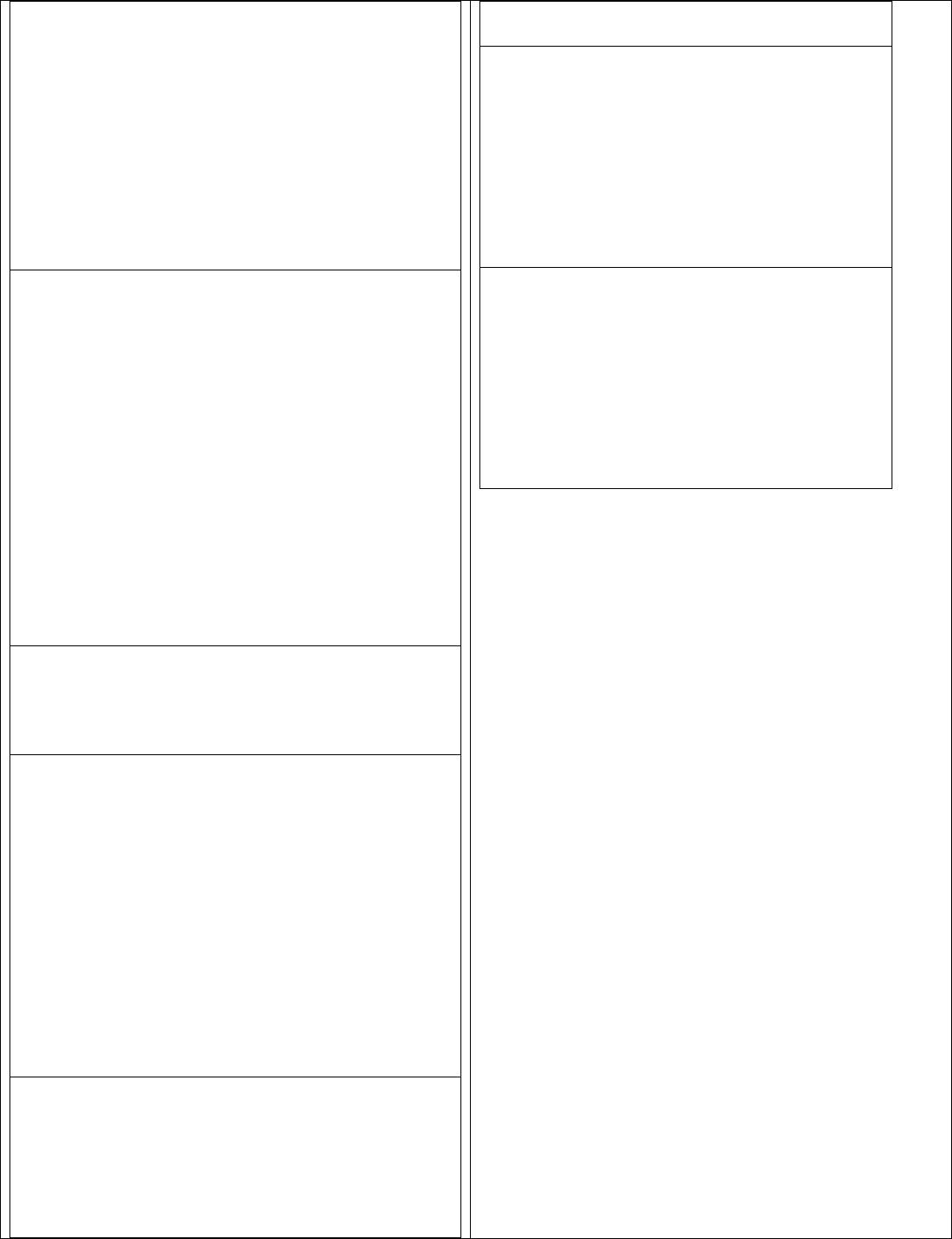
onto clothing and accessory flashcards as well
as an “extra vocabulary” list including color
and extra clothing and accessory vocabulary.
- student engage in several days of drill games
for memorizing clothing vocabulary with their
flashcards, and this skill is then expanded in
class notes on describing clothing color, cut,
and fit.
- WS for 6B contextes from Workbook / Online
5-7 days
Text: Mon ensemble préférée
Activities:
- Students draw and label a drawing of
themselves wearing their favorite outfit.
- Students write a detailed paragraph about
the outfit they are wearing, detailed
descriptions of each item, and why they chose
that outfit as their favorite.
- Students share their favorite outfits with
classmates, and comment with compliments
on others’ outfits.
- A class “look-book” is created featuring each
outfit.
2-3days
Text: Roman-Photo pp. 200-201 / on VHL DVD
or website for Unite 6B “L’Anniversaire”
Activities: Multiple views watching/WS comp.
1 day
Text: DA1-6B pp. 202-203 – Lecture, “La Mode
en France?”
Activities:
- Cultural Web: Journal on what things are
currently fashionable for kids to wear and
whether or not students feel that French or
American people are more stylish in their
clothing choices.
- read article and fill in KWL chart for what they
learn about French fashion.
- p.202 ex. 1, class discussion on fashion,
1 day
Text: DA1-6B.1 Structures, Indirect Object
Pronouns
Activities:
- Class notes on pp. 204-205
- VHL tutorial on indirect object pronouns.
- pp. 204-205 exercises and Essayez
DA1-6B Contextes / 6B.1 Test
Writing Prompts & Assessments:
All class writing exercises
Class Look-Book reading
Whiteboard day
DA1-6B Contextes / 6B.1 Test
Grammar Assessments:
All class writing exercises
Class Look-Book reading
Whiteboard day
DA1-6B Contextes / 6B.1 Test
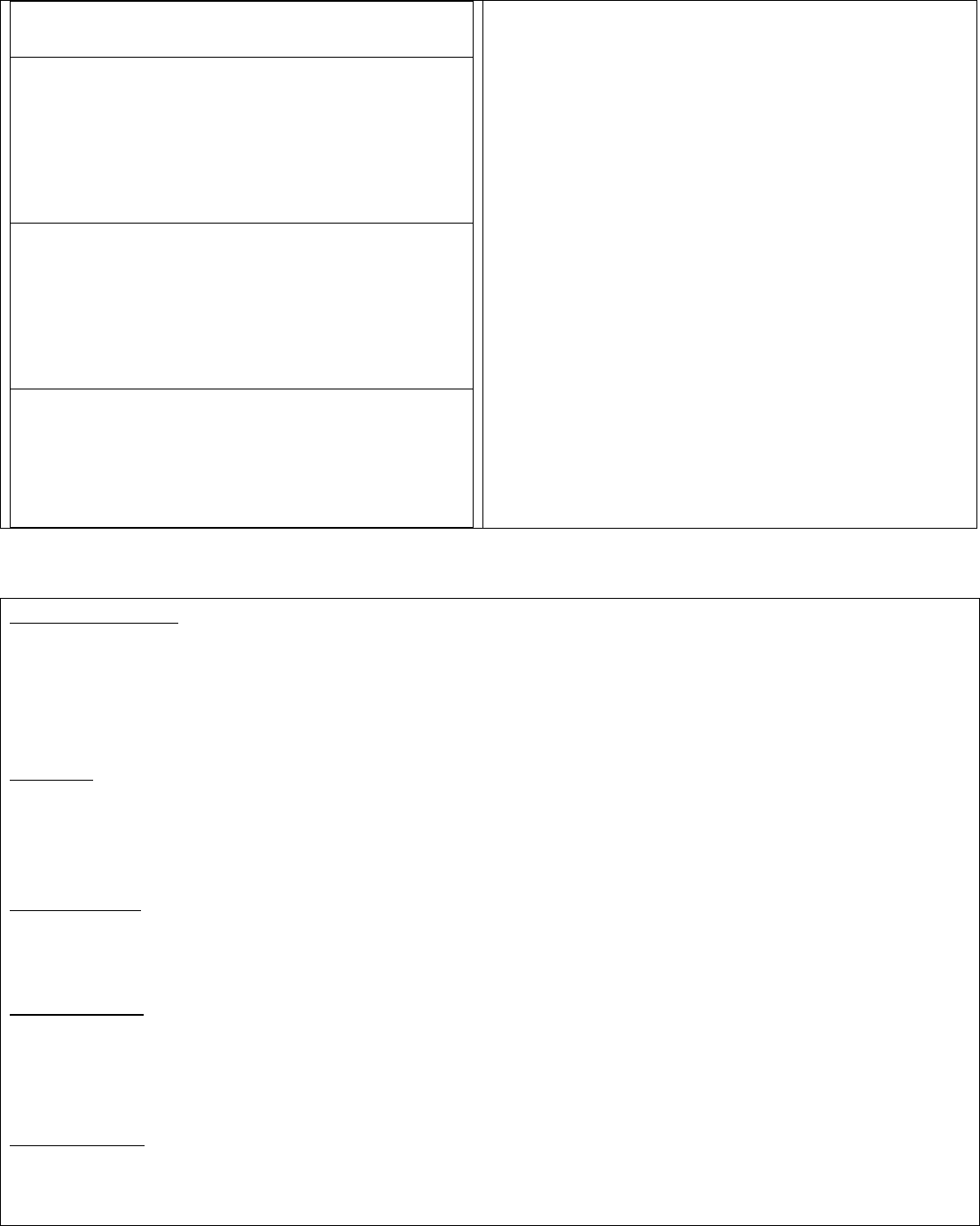
- Workbook and online worksheets
3-4 days
Text: White Board day – Descriptions
Activities:
Spend a day writing sentences describing
different outfits and working in indirect object
pronouns in questions and answers.
1 day
Text: DA1-6B Contextes / 6B.1 Test
Activities:
- Review for DA1-6B Contextes / 6B.1 Test with
review sheet and class practice
- Take Test
2 days
Writing and Grammar Instruction:
FCAs: write description sentences that include
correct usage and spelling of clothing, color,
verb, adjective, and indirect object pronouns.
Activities: all
Ongoing Standards Addressed in This Unit:
Communication
1.44 Students engage in conversations, provide and obtain information, express feelings
and emotions, and exchange opinions.
1.45 Students understand and interpret spoken and written French on a variety of topics.
1.46 Students present information, concepts, and ideas in French to an audience of
listeners or readers on a variety of topics
Cultures
2.1 Students demonstrate an understanding of the relationship between the practices
and perspectives of francophone cultures.
2.2 Students demonstrate an understanding of the relationship between the products
and perspectives of francophone cultures.
Connections
3.1 Students reinforce and further their knowledge of other disciplines through French.
3.2 Students acquire information and recognize the distinctive viewpoints that are only
available through the French language and its cultures.
Comparisons
4.1 Students demonstrate understanding of the nature of language through comparisons
between French and English.
4.2 Students demonstrate understanding of the concept of culture through comparisons
between francophone cultures and their own.
Communities
5.1 Students use French both within and beyond the school setting.
5.2 Students show evidence of becoming life-long learners by using French for personal
enjoyment and enrichment.
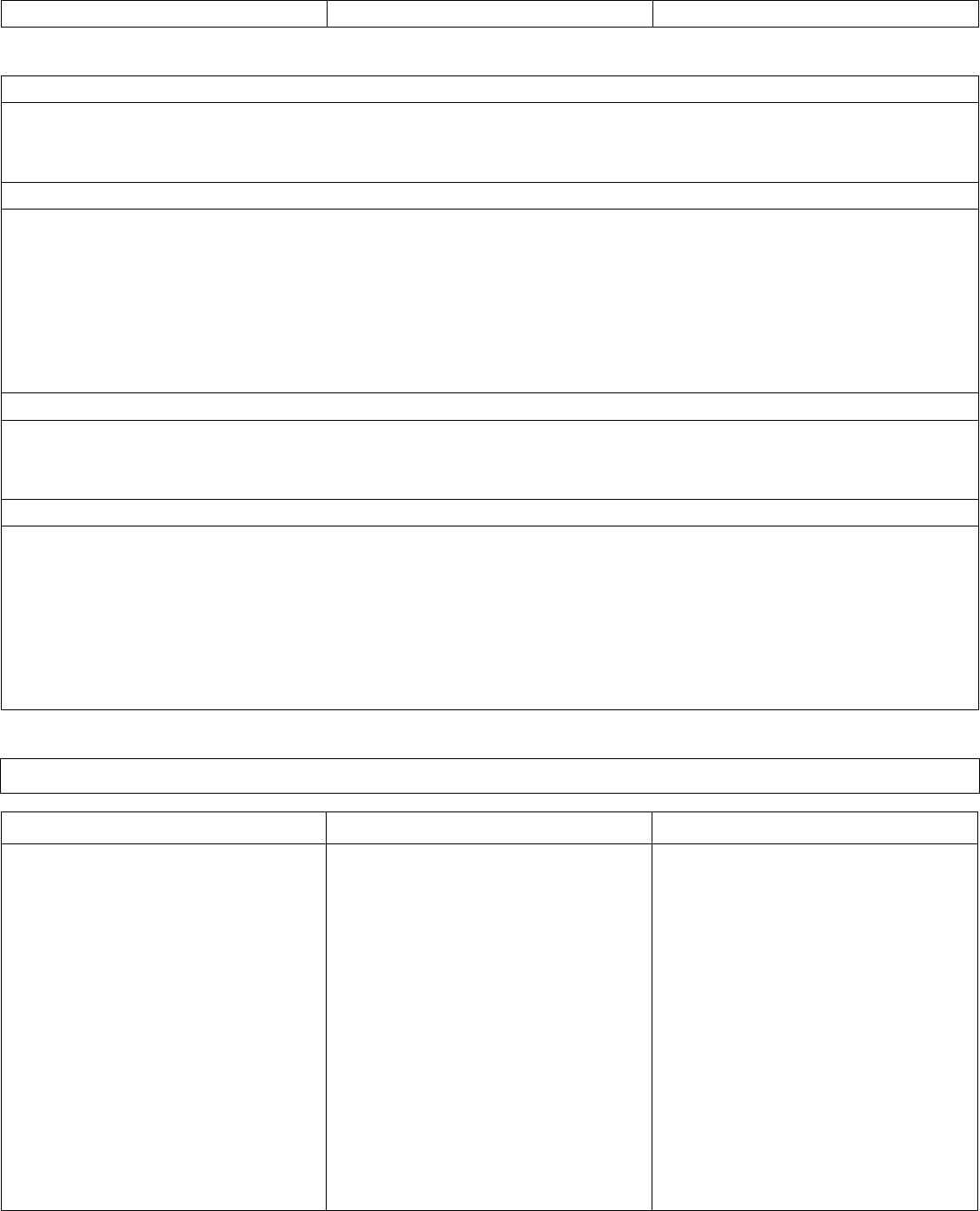
Module Title: RE Regular and irregular Verb Conjugation (Unite 6B.2, Extra Resources)
Subject: French I
Grade: 9-12
Timeline: 2 Weeks
Module Overview:
The student will learn about how to use form regular -RE verbs as well as what several
common IR verbs are, and how they compare and contrast with ER verbs and English
present tense conjugation.
Module Objectives:
1.Students will be able to write and translate basic French sentences using regular and
irregular –IR verbs.
2. Students will learn, recall, use, and form their own sentences using regular -RE verbs and
previous knowledge.
3. Students will be able to compare and contrast regular and irregular –IR verbs.
with ER verbs, as well as continue comparing French and English present tense conjugation
and meaning.
Thematic Focus:
IR verbs are one of the three most important types of verbs to learn in French, and learning
their pattern and rules will help a student conjugate any regular and irregular –IR verbs.
they encounter in the future.
Essential Questions:
How do I form regular French regular and irregular –IR verbs given the actor?
- What are the similarities and differences between French and English present tense
formation and meaning that can help in translating between the languages? (helping
verbs or lack thereof, different modes, etc.)
- How can I identify regular and irregular –IR verbs? How do they differ in look and
formation from ER verbs? Which is more common in the French language?
- What are the different styles of irregular –RE verbs, and what are their patterns?
Instructional Focus of Module:
Communication
Cultures
Grammar Eligible Content
1.47 Students engage in
conversations, provide
and obtain information
through their
expanded ability to
formulate their
sentences using
regular and irregular –
IR verbs Students
understand and
interpret spoken and
written French that
includes regular and
irregular –IR verbs
2.1 Students demonstrate
an understanding of
the relationship
between the practices
and
perspectives of French
when learning about
the similarities and
differences between
French and English
present tense
conjugation.
- regular and irregular –IR
verbs conjugation and
sentence translation.
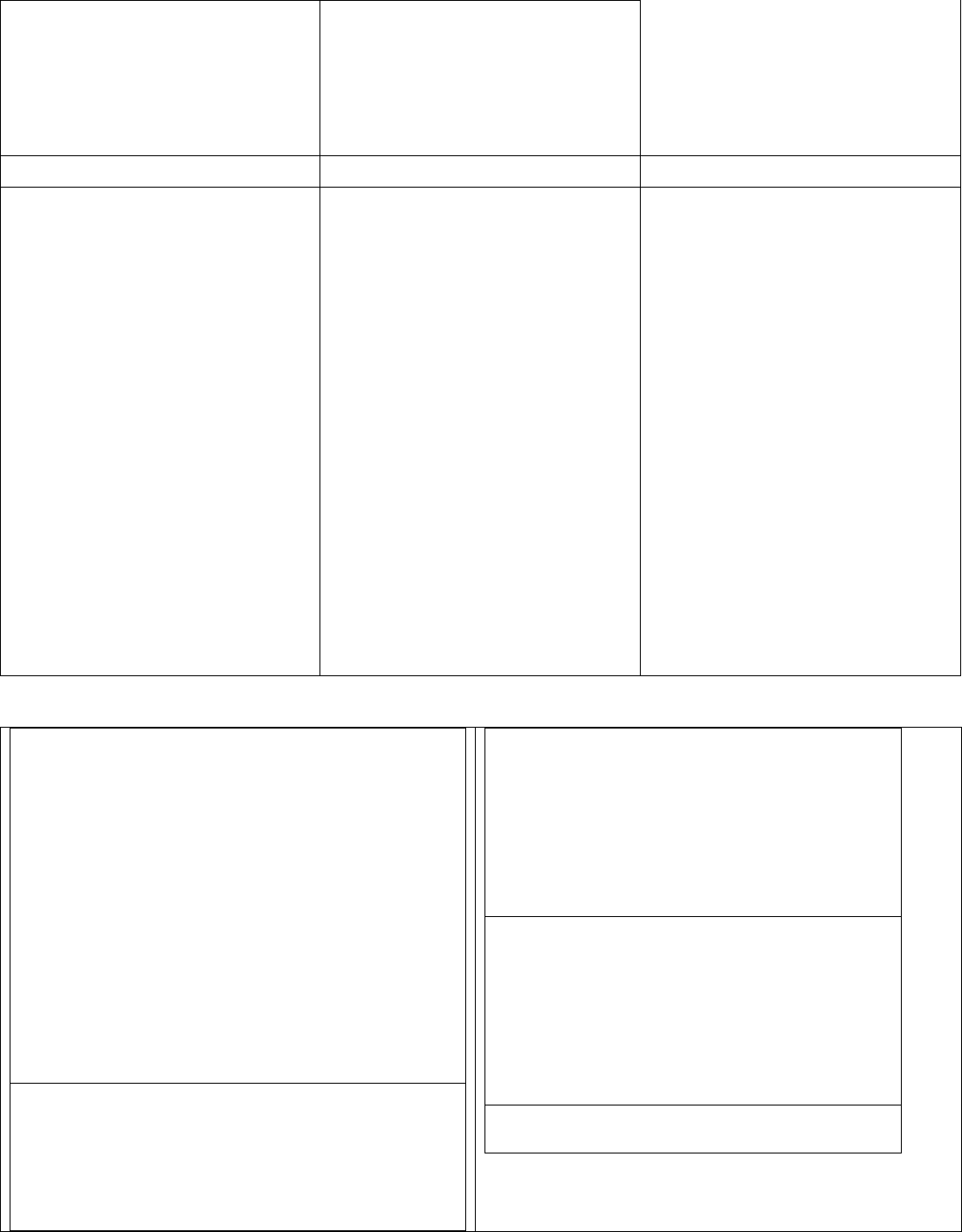
1.48 Students learn to ask
about and share
information in French
using regular and
irregular –IR verbs.
Connections
Comparisons
Communities
3.1 Students reinforce and
further their knowledge
of verb conjugation,
correct sentence
formation, and their
ability to compare and
contrast French and
English sentence
syntax.
3.2 Students acquire
information and
recognize the
distinctive viewpoints in
French sentences that
require less words and
no helping verbs to
convey the present
tense.
4.1 Students demonstrate
understanding of the
nature of language
through comparisons
between French and
English question and
answer construction
using regular and
irregular –IR verbs
4.2 Students demonstrate
understanding of the
concept of culture
through comparisons
between francophone
cultures and their own.
5.1 Students use French
both within and
beyond the school
setting in working on
homework regarding
French regular and
irregular –IR verbs
5.2 Students show
evidence of becoming life-
long learners by using French
regular and irregular –IR verbs
formation rules as a bedrock
of French conversation.
Text Set:
Text: DA1 – 6B.2 Regular and irregular –IR
verbs pp. 206-207
Activities:
- class notes on pp. 206-207 material
- VHL tutorial on regular and irregular –IR
verbs
- p. 134-135 ex. 1-3, Essayez
- WS on regular and irregular –IR verbs,
online and in workbook
- white board / class question and answer
construction lesson drill.
2-4 days
Text: D’Accord 1 – Lecon 6B.2 –
Communication activities on VHL website
Activities:
9. Use several online resources from
VHL website for this unit (Info gap,
Writing Prompts & Assessments:
15. White board drill
16. Communication activities
17. Ch. 6B.2 quiz
Grammar Assessments:
17. White board drill
18. Communication activities
19. Ch. 6B.2 quiz

communication activities, etc) to
teach correct regular and irregular –
IR verbs usage in sentence and
question formation.
3 days
Text: DA-6B.2 review and quiz
Activities:
- Take DA1-6B.2 review and Test,
constructed of exercises that target
strengths demonstrated
2 days
Writing Instruction:
FCAs: Writing correct regular and irregular
–IR verbs conjugation in multiple close
activities, dialogues, class notes, and other
activities correctly.
Activities: All
Grammar Instruction:
FCAs: Correct spelling of regular and
irregular –IR verbs –IR verbs
Activities:All
Ongoing Standards Addressed in This Unit:
Communication
1.49 Students engage in conversations, provide and obtain information, express feelings
and emotions, and exchange opinions.
1.50 Students understand and interpret spoken and written French on a variety of topics.
1.51 Students present information, concepts, and ideas in French to an audience of
listeners or readers on a variety of topics
Cultures
2.1 Students demonstrate an understanding of the relationship between the practices
and perspectives of francophone cultures.
2.2 Students demonstrate an understanding of the relationship between the products
and perspectives of francophone cultures.
Connections
3.1 Students reinforce and further their knowledge of other disciplines through French.
3.2 Students acquire information and recognize the distinctive viewpoints that are only
available through the French language and its cultures.
Comparisons
4.1 Students demonstrate understanding of the nature of language through comparisons
between French and English.
4.2 Students demonstrate understanding of the concept of culture through comparisons
between francophone cultures and their own.
Communities

5.1 Students use French both within and beyond the school setting.
5.2 Students show evidence of becoming life-long learners by using French for personal
enjoyment and enrichment.
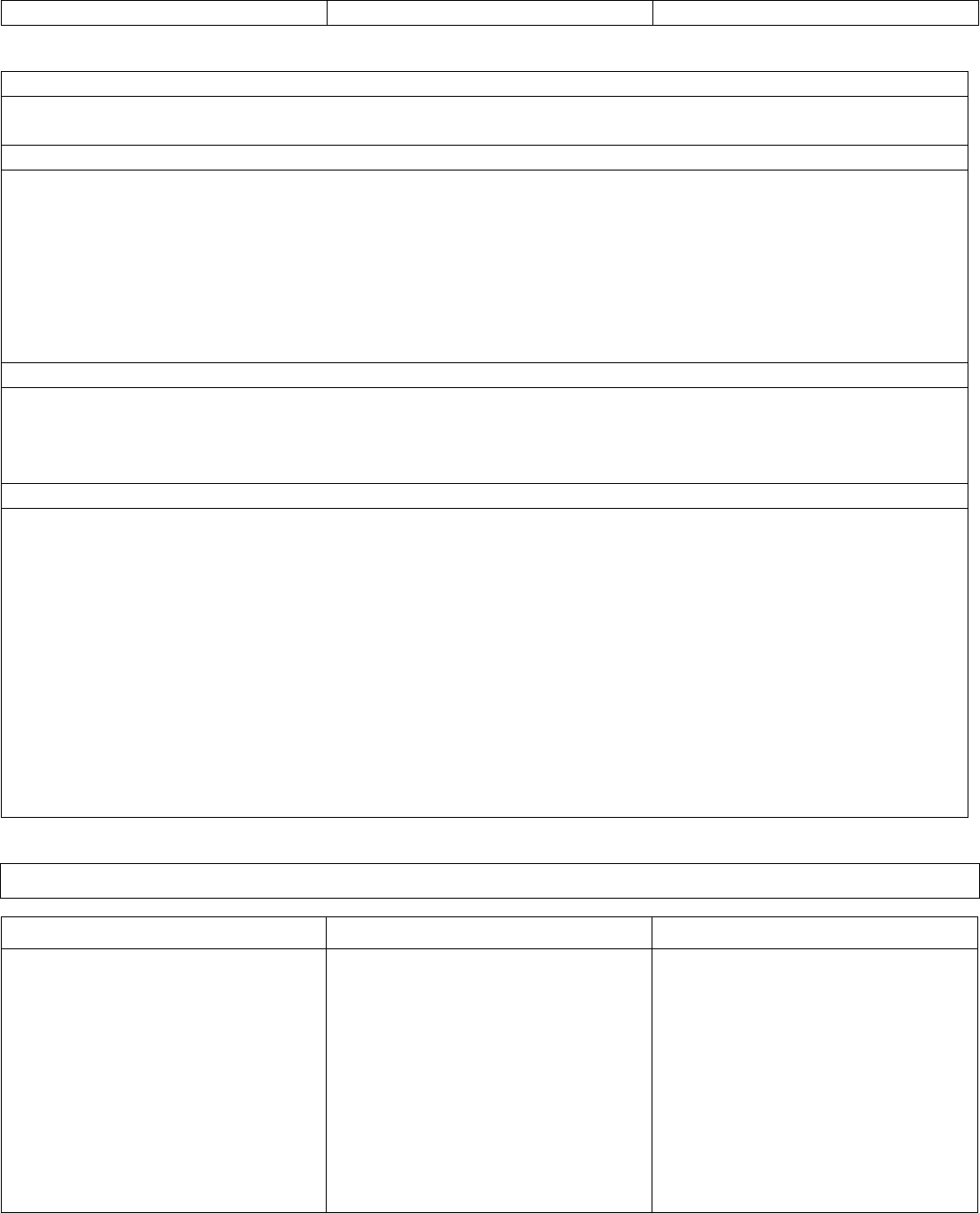
Module Title: Bon voyage ! (Unite 7A Contextes)
Subject: French I
Grade: 9-12
Timeline: 2 Weeks
Module Overview:
We will be learning about the similarities and differences between the French and American words
for travel and transport vocabulary, as well as nation and nationality nouns and adjectives.
Module Objectives:
8. TSWBAT correctly know, speak, write, and recognize the vocabulary for French nouns and
verbs having to do with travel, transportation, nations, and nationalities.
9. TSWBAT compare and contrast French and American customs experiences and will learn
about what it’s like to travel internationally.
10. TSWBAT write, speak, express opinions about, and comprehend another students’ opinions
about travel.
11. TSWBAT compare and contrast French and English nouns and adjectives for nations and
nationalities, and learn correct prepositional pairing with feminine vs. masculine countries.
Thematic Focus:
The students will learn the intricate similarities and differences about a French and American words
nouns and verbs having to do with travel, transportation, nations, and nationalities. The students will
learn how to write solid sentences and paragraphs about travelling international, and will be able to
express each step of the voyage in French.
Essential Questions:
14. How do French and English nouns and verbs having to do with travel, transportation, nations,
and nationalities compare in English and French? Which words are cognates of English
words, and which seem to be natively French phrases?
15. Which activity verbs for travelling are single verbs, and which are verb phrases? Which are
regular and irregular?
16. How is the French orientation toward tourism and travel different from or similar to the
American way?
17. What are the French adjectives of nationality, and how do they different from English
adjectives of nationality? What are the correct prepositions to use with different French
words for countries?
Instructional Focus of Module:
Communication 1.1-3
Cultures
Grammar Eligible Content
12. Students engage in
conversations, provide
and obtain information,
express feelings and
emotions, and exchange
opinions about French
nouns and verbs having
to do with travel,
transportation, nations,
and nationalities.
1.52 Students form
2.1 Students demonstrate an
understanding of the
relationship between the
French economy and its
value of excellent
tourism.
2.2 Students demonstrate an
understanding of the
relationship between the
French view of
vacationing and tourism
- False and true cognates in
French nouns and verbs having
to do with travel, transportation,
nations, and nationalities.
- the French irregular verb
“faire” and its phrases and
usage
- translation versus transliteration
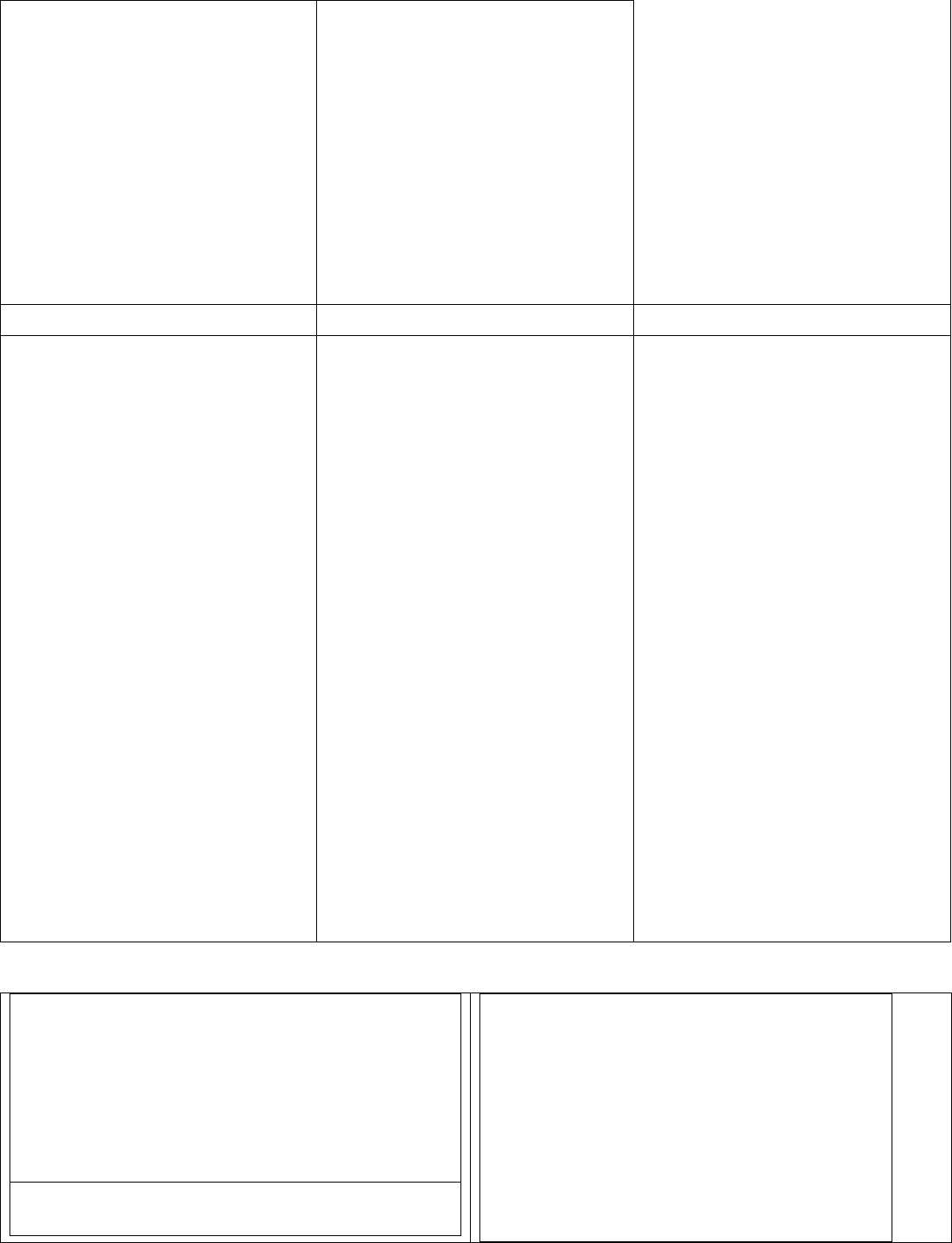
conjugated ER verb and
faire sentences aloud
and in several written
exercises, in present and
past.
13. Students understand and
interpret spoken and
written French regarding
French nouns and verbs
having to do with travel,
transportation, nations,
and nationalities.
1.53
versus American views.
- correct prepositional pairing
with feminine vs. masculine
countries.
Connections
Comparisons
Communities
14. 3.1 Students reinforce
and further their
knowledge of English
grammar with an in-
depth look at meaning
and formation and
translation of sentences
using French regular ER
verbs, faire expressions,
and their English
equivalents as well as
English versus French
nouns and verbs having
to do with travel,
transportation, nations,
and nationalities.
3.2 Students acquire
French nouns and verbs
having to do with travel,
transportation, nations, and
nationalities, and recognize
the distinctive viewpoints
that are only available
through the French
language and its cultures,
4.1 Students demonstrate
understanding of the
nature of language
through comparisons
between French and
English in regard to
speaking, writing, and
hearing statements with
complex formed verbs,
as well as questions.
4.2 Students demonstrate
understanding of the
French leisure activities
by comparing them with
American ones.
5.1 Students use French both
within and beyond the
school setting by
applying their knowledge
of French schedules to
their own lives.
5.2 Students show evidence
of becoming life-long learners
by using French for personal
enjoyment and enrichment as
they express opinions
throughout the unit about the
French school system, the
American school system, and
the French “work hard – play
hard” mentality and their
orientation toward sports that
are different from American
favorites.
Text Set:
Anchor Text: D’Accord 1 – Leçon 7A pp. 218-
219 Contextes
Activities:
- speak online vocab link expression,
- do pp. 219-220 ex. 1-7 after basic class
practice
3-4 days
Text: DA1-7A Contextes Student Vocab Sheet,
corresponding curriculum worksheets online
Reading Assessments:
Formative: All worksheets, in class
practice, journal entries, and homework.
(Memory game, jeopardy game included)
Reading: Tahiti
Summative:
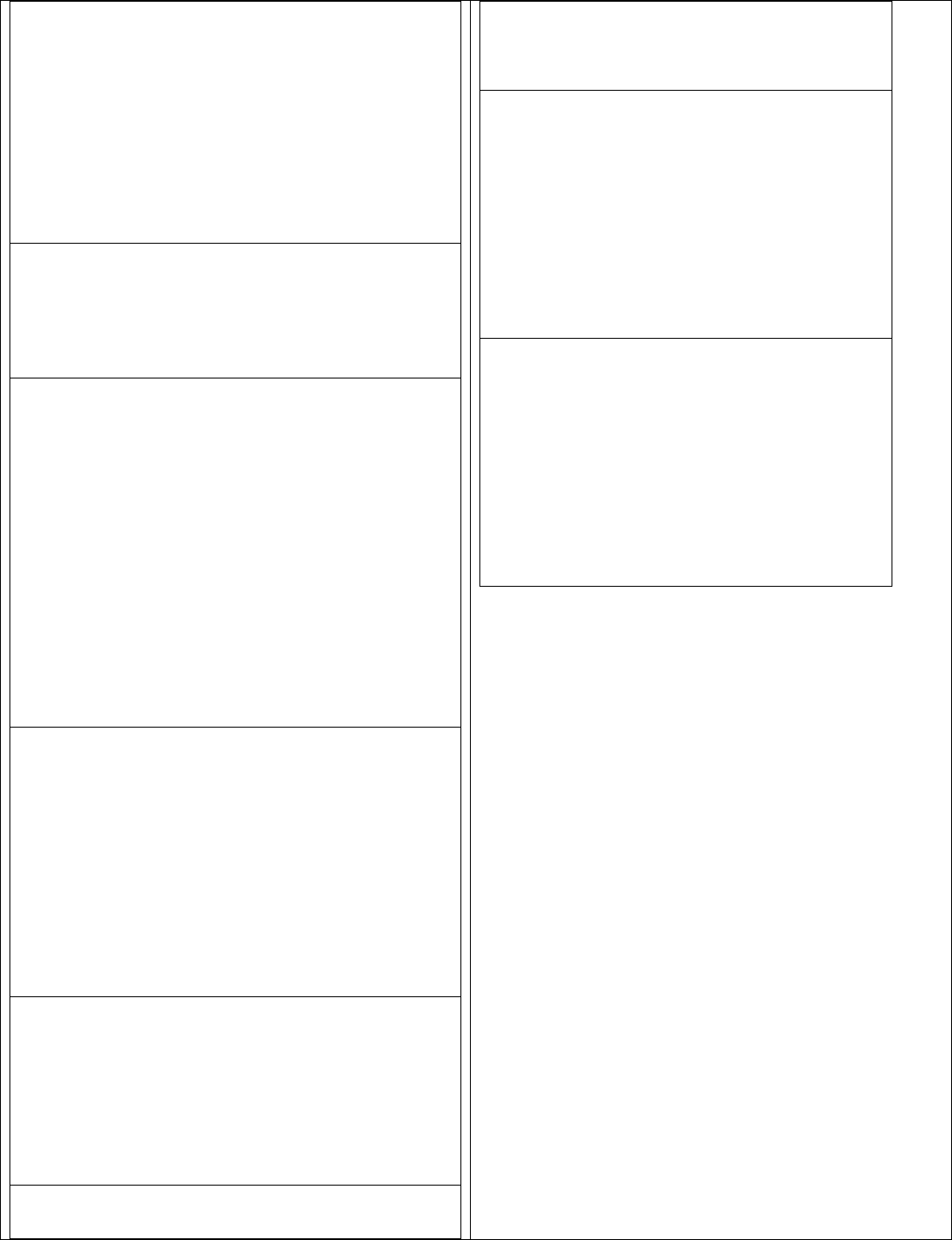
and workbook.
Activities: Students copy the vocab from pp.
218-220, translating from picture rather than
English for definitions for some complete
curriculum worksheet as a class or for
homework.
- Use Middle School activity pack memory
game to master vocabulary.
3-4 days
Text: Roman-Photo pp. 222-223 / on VHL DVD
or website for Unite 7A “De retour au P’tit
Bistrot”
Activities: Multiple views watching/WS comp.
One day
Text: DA1-2A pp. 152-153 – Lecture. “Tahiti”
Activities:
- Student pre-read / Teacher read /
Independent read
- Write down 5 things you learned about Tahiti
and French Polynesia
- p. 224 ex. 1 Repondez, after multiple views
and class discussion - fix falses (in notebook)
Optional alternate activity – Flash culture
worksheet / website activity
One day
Text: Mes vacances preferees
Activities:
Teacher-generated worksheet showcases a
paragraph students write about their ideal
vacation that they have either already taken
or that they would like to take. They need to
include many vocabulary words from the
travel vocab, and make sure to plan for the
trip, go to the airport, and travel to the
destination.
Text: Test: DA1-5A Quiz
Activities:
Prepare for and then administer Unit Quiz on
chapter 7A contextes. One day minimum for
review that is based on quiz exercises.
Optional Jeopardy game.
2 Days
Writing Instruction:
FCAs: Correct spelling and ordering of French
- DA1 – 7A contextes quiz
Writing Prompts & Assessments:
Formative: All worksheets, in class
practice, journal entries, and homework.
Summative:
- DA1 – 7A contextes quiz
Grammar Assessments:
Formative: All worksheets, in class
practice, journal entries, and homework.
Summative:
- DA1 – 7A contextes quiz
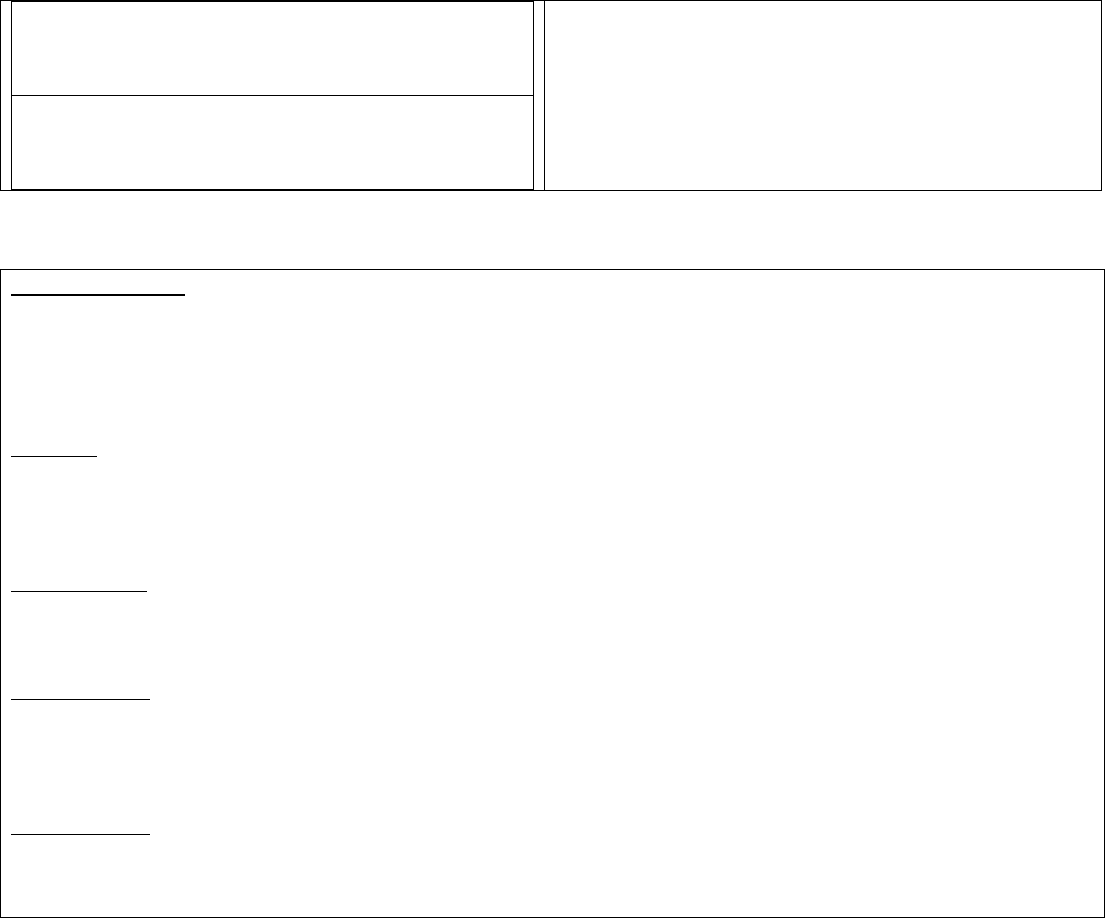
nouns and verbs having to do with travel,
transportation, nations, and nationalities.
Activities: All activities
Grammar Instruction:
FCAs: see writing.
Activities: All activities
Ongoing Standards Addressed in This Unit:
Communication
1.54 Students engage in conversations, provide and obtain information, express feelings and
emotions, and exchange opinions.
1.55 Students understand and interpret spoken and written French on a variety of topics.
1.56 Students present information, concepts, and ideas in French to an audience of listeners or
readers on a variety of topics
Cultures
2.1 Students demonstrate an understanding of the relationship between the practices and
perspectives of francophone cultures.
2.2 Students demonstrate an understanding of the relationship between the products and
perspectives of francophone cultures.
Connections
3.1 Students reinforce and further their knowledge of other disciplines through French.
3.2 Students acquire information and recognize the distinctive viewpoints that are only available
through the French language and its cultures.
Comparisons
4.1 Students demonstrate understanding of the nature of language through comparisons
between French and English.
4.2 Students demonstrate understanding of the concept of culture through comparisons between
francophone cultures and their own.
Communities
5.1 Students use French both within and beyond the school setting.
5.2 Students show evidence of becoming life-long learners by using French for personal enjoyment
and enrichment.

Module Title: The Passé composé with être (Unite 7A.1, Extra Resources)
Subject: French I
Grade: 9-12
Timeline: 2 Weeks
Module Overview:
The student will learn about how to use and form regular and irregular verbs in the passé
compose with être.
Module Objectives:
1.Students will be able to write and translate basic French sentences using regular and
irregular verbs in the passé compose with être.
2. Students will learn, recall, use, and form their own sentences using regular and irregular
verbs in the passé compose with être.
3. Students will be able to compare and contrast regular and irregular verbs in the passé
compose with être with French and English present and English past verb construction, as
well as with passé compose with avoir.
Thematic Focus:
-
regular and irregular verbs can be formed in the passé compose with être, and each
type of verb has their own set of rules that must be followed.
Essential Questions:
-
How do I form regular and irregular verbs in the passé compose with être?
- What are the similarities and differences between French and English present and past
tenses? When I form regular and irregular verbs in the passé compose with être, how
does this formation differ from French and English present and English composite past
tense? How does this differ from French passe compose with avoir? How do I know
which helping verb to choose?
- Why there are helping verbs in French passé compose but not in French present
tense? Why is this opposite to English rules?
- What types of past usage are covered when forming a verb in the passe compse with
être?
- Will “avoir” be the only helping verb for French passe compose verbs?
- How many irregular past participles are there? How do I know if a past participle will
be regular or irregular?
Instructional Focus of Module:
Communication
Cultures
Grammar Eligible Content
1.57 Students engage in
conversations, provide
and obtain information
through their
expanded ability to
formulate their
sentences using
regular and irregular
verbs in the passé
2.1 Students demonstrate
an understanding of
the relationship
between the practices
and
perspectives of French
when learning about
the similarities and
differences between
-irregular IR verb conjugation
and sentence translation.
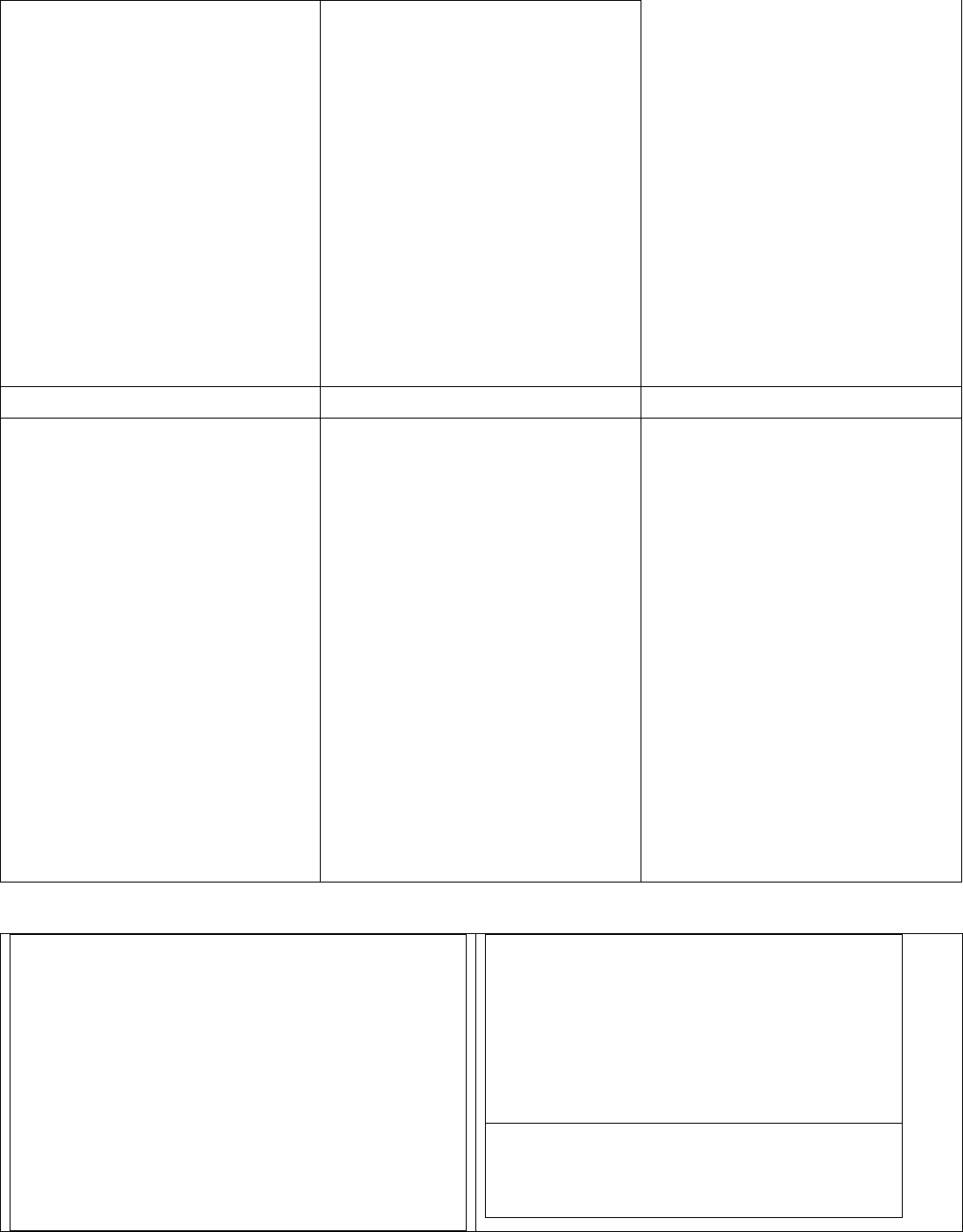
compose with être.
1.58 Students understand
and interpret spoken
and written French that
regular and irregular
verbs in the passé
compose with être.
1.59 Students learn to ask
about and share
information in French
using regular and
irregular verbs in the
passé compose with
être.
French and English
present tense
conjugation.
Connections
Comparisons
Communities
3.1 Students reinforce and
further their knowledge
of verb conjugation,
correct sentence
formation, and their
ability to compare and
contrast French and
English sentence
syntax.
3.2 Students acquire
information and
recognize the
distinctive viewpoints in
French sentences that
require less words and
no helping verbs to
convey the past tense.
4.1 Students demonstrate
understanding of the
nature of language
through comparisons
between French and
English question and
answer construction
using regular and
irregular verbs in the
passé compose with
être.
4.2 Students demonstrate
understanding of the
concept of culture
through comparisons
between francophone
cultures and their own.
5.1 Students use French
both within and
beyond the school
setting in working on
homework regarding
regular and irregular
verbs in the passé
compose with être and
avoir.
5.2 Students show
evidence of becoming life-
long learners by using French
regular and irregular verbs in
the passé compose with être
and avoir formation rules as a
bedrock of French
conversation.
Text Set:
Text: DA1 – 7A.1 Passé composé with être
pp. 226-227
Activities:
- class notes on p. 226-227 material
- DR MRS VANDERTRAMPP mnemonic
- House picture
- Past participle list, highlight 5 irregulars
- VHL tutorial on regular and irregular verbs
in the passé compose with être.
- p. 226-226 ex. 1-3, Essayez
Writing Prompts & Assessments:
18. White board drill
19. Communication activities
20. Ch. 7A.1 quiz
Grammar Assessments:
20. White board drill

- WS on regular and irregular verbs in the
passé compose with être, online and in
workbook
- white board / class question and answer
construction lesson drill.
- Multiple teacher-constructed worksheets
for additional practice.
4-5 days
Text: D’Accord 1 – Lecon 7A.2 –
Communication activities on VHL website
Activities:
10. Use several online resources from
VHL website for this unit (Info gap,
communication activities, etc) to
teach correct regular and irregular
verbs in the passé compose with
avoir usage in sentence and
question formation.
2 days
Text: DA-7A.1 review and quiz
Activities:
- Play ER verb strip and dice game as a
series of competitive rounds for mastery.
- Take DA1-7A.1 review and Test,
constructed of exercises that target
strengths demonstrated
3-4 days
Writing Instruction:
FCAs: Writing correct regular and irregular
verbs in the passé compose with être
conjugation in multiple close activities,
dialogues, class notes, and other activities
correctly.
Activities: All
Grammar Instruction:
FCAs: Correct spelling of regular and
irregular verbs in the passé compose with
être.
Activities: All
21.
Communication activities
22. Ch. 7A.1 quiz
Ongoing Standards Addressed in This Unit:

Communication
1.60 Students engage in conversations, provide and obtain information, express feelings
and emotions, and exchange opinions.
1.61 Students understand and interpret spoken and written French on a variety of topics.
1.62 Students present information, concepts, and ideas in French to an audience of
listeners or readers on a variety of topics
Cultures
2.1 Students demonstrate an understanding of the relationship between the practices
and perspectives of francophone cultures.
2.2 Students demonstrate an understanding of the relationship between the products
and perspectives of francophone cultures.
Connections
3.1 Students reinforce and further their knowledge of other disciplines through French.
3.2 Students acquire information and recognize the distinctive viewpoints that are only
available through the French language and its cultures.
Comparisons
4.1 Students demonstrate understanding of the nature of language through comparisons
between French and English.
4.2 Students demonstrate understanding of the concept of culture through comparisons
between francophone cultures and their own.
Communities
5.1 Students use French both within and beyond the school setting.
5.2 Students show evidence of becoming life-long learners by using French for personal
enjoyment and enrichment.
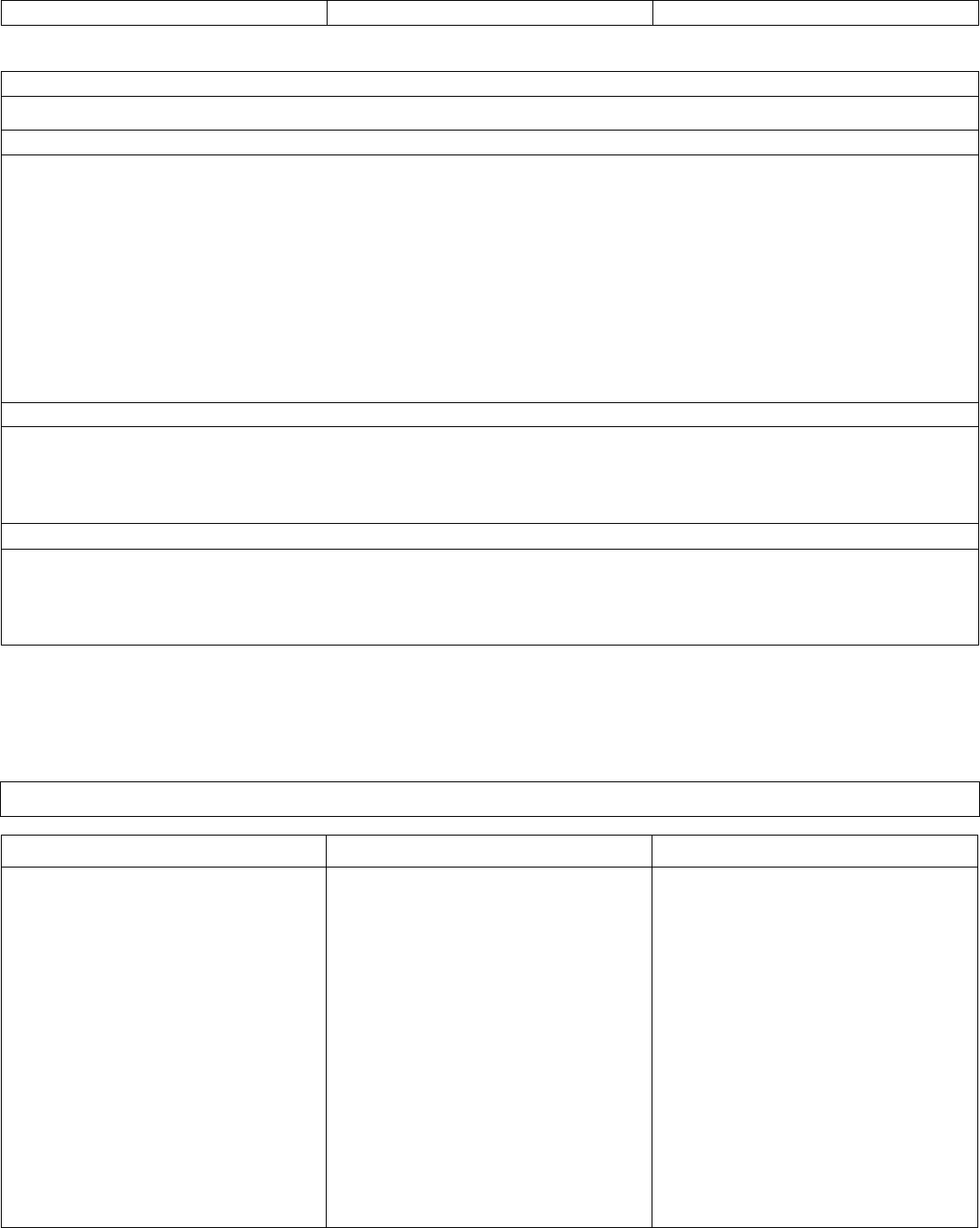
Module Title: Direct Object Pronouns D’Accord 1 – Structures 7A.2
Subject: French I
Grade: 9-12
Timeline: Level 2, 1 week
Module Overview:
In this module we will learn how to correctly use direct and indirect object pronouns.
Module Objectives:
4. The students will be able to (TSWBAT) identify, describe, read, spell, hear, and write words for
spelling and usage of direct and indirect object pronouns.
5. TSWBAT to describe people and objects in their everyday world using direct and indirect
object pronouns.
6. The students will be able to show in journals, games and class discussion that they understand
the similarities and differences between French and English direct and indirect object
pronouns.
Thematic Focus:
4. French and English direct object pronouns have similar and different forms, functions, and
placement rules in the sentences.
5. French and English both have direct and indirect object pronouns, and there is an order to
how and where these are used in a sentence to shorten it.
Essential Questions:
9. What is the form and function of French and English direct and indirect object pronouns?
What are the similarities and differences between them? How is syntax in sentences similar and
different in French and English when it comes to the use of these pronouns?
Instructional Focus of Module:
Communication
Cultures
Grammar Eligible Content
1.63 Students engage in
conversations, provide
and obtain information,
using direct and indirect
object pronouns
1.64 Students understand
and interpret spoken and
written French in regard
to direct and indirect
object pronouns
Students present information,
concepts, and ideas in French
to an audience of listeners or
readers while correctly using
direct and indirect object
Correct meaning, usage, and
syntax of direct and indirect
object pronouns
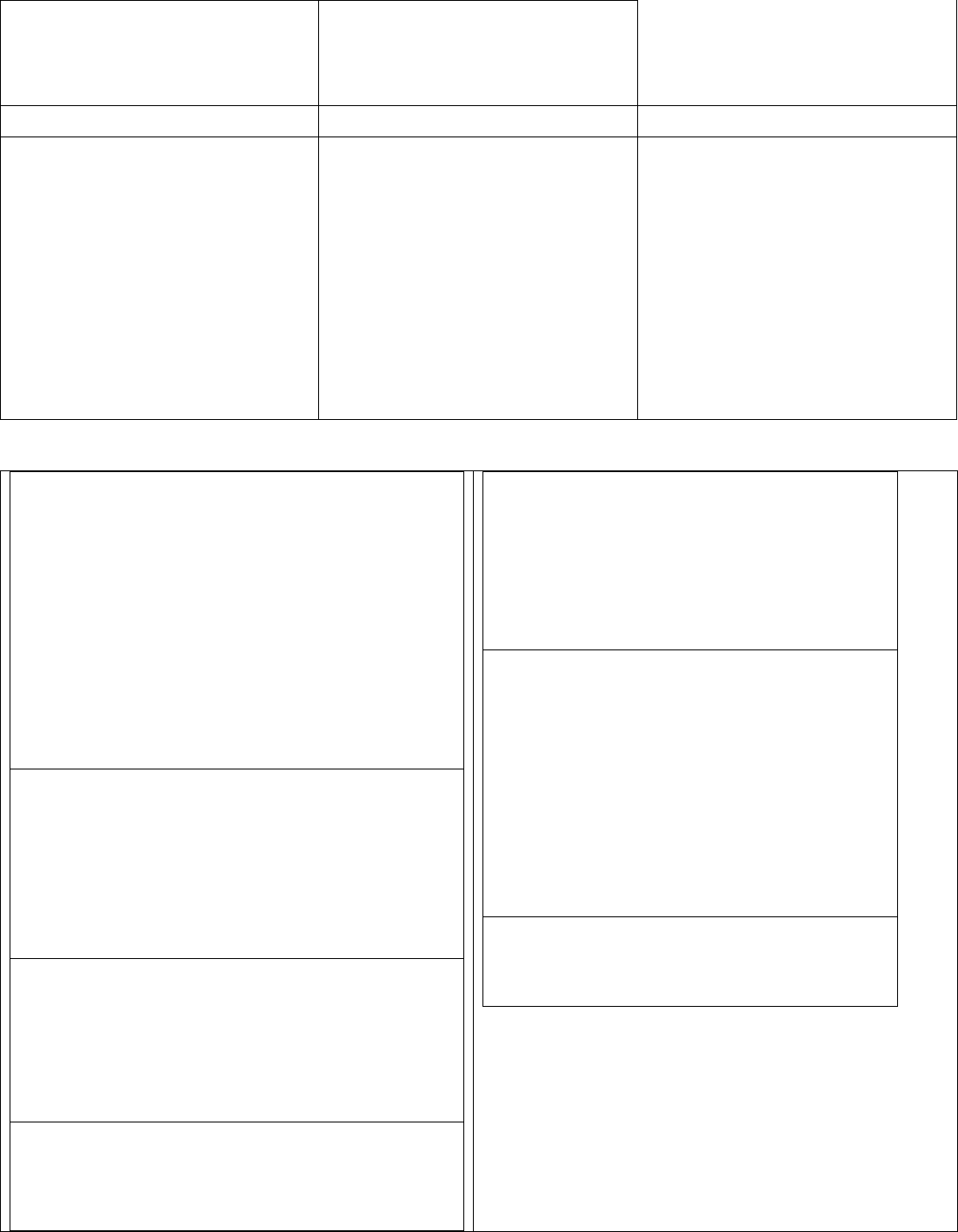
pronouns
Connections
Comparisons
Communities
3.1 Students acquire information
and recognize the distinctive
viewpoints that are only
available through the French
language when it comes to the
usage and form of indirect
object pronouns.
4.1 Students demonstrate
understanding of the
nature of language
through comparisons
between French and
English.
4.2 Students demonstrate
understanding of the
concept of culture
through comparisons of
pronoun usage.
5.2 Students demonstrate
becoming lifelong French
learners and users by learning to
describe and express
themselves more succinctly by
using direct and indirect object
pronouns
Text Set:
Text: DA1-7A.2 Structures, Direct Object
Pronouns
Activities:
- Class notes on pp. 228-229
- Teacher-provided pronoun comparison sheet
- Review indirect object pronouns, teach
direct object pronouns.
- VHL tutorial on direct object pronouns.
- pp. 228-229 exercises and Essayez
- Workbook and online worksheets
3-4 days
Text: White Board day – Descriptions
Activities:
Spend a day writing sentences describing
different outfits and working in direct and
indirect object pronouns in questions and
answers.
1 day
Text: DA1-7A.2 Quiz
Activities:
- Review for DA1-7A.2 Quiz with review sheet
and class practice
- Take Quz
2 days
Writing and Grammar Instruction:
FCAs: write sentences with the correct usage
of direct and indirect object pronouns.
Activities: all
Reading Assessments:
Structures lecture and worksheet
VHL tutorial
DA1-7A.2 Quiz
Writing Prompts & Assessments:
All class writing exercises
Structures lecture and worksheet
VHL tutorial
Whiteboard day
DA1-7A.2 Quiz
Grammar Assessments:
See writing

Ongoing Standards Addressed in This Unit:
Communication
1.65 Students engage in conversations, provide and obtain information, express feelings
and emotions, and exchange opinions.
1.66 Students understand and interpret spoken and written French on a variety of topics.
1.67 Students present information, concepts, and ideas in French to an audience of
listeners or readers on a variety of topics
Cultures
2.1 Students demonstrate an understanding of the relationship between the practices
and perspectives of francophone cultures.
2.2 Students demonstrate an understanding of the relationship between the products
and perspectives of francophone cultures.
Connections
3.1 Students reinforce and further their knowledge of other disciplines through French.
3.2 Students acquire information and recognize the distinctive viewpoints that are only
available through the French language and its cultures.
Comparisons
4.1 Students demonstrate understanding of the nature of language through comparisons
between French and English.
4.2 Students demonstrate understanding of the concept of culture through comparisons
between francophone cultures and their own.
Communities
5.1 Students use French both within and beyond the school setting.
5.2 Students show evidence of becoming life-long learners by using French for personal
enjoyment and enrichment.
